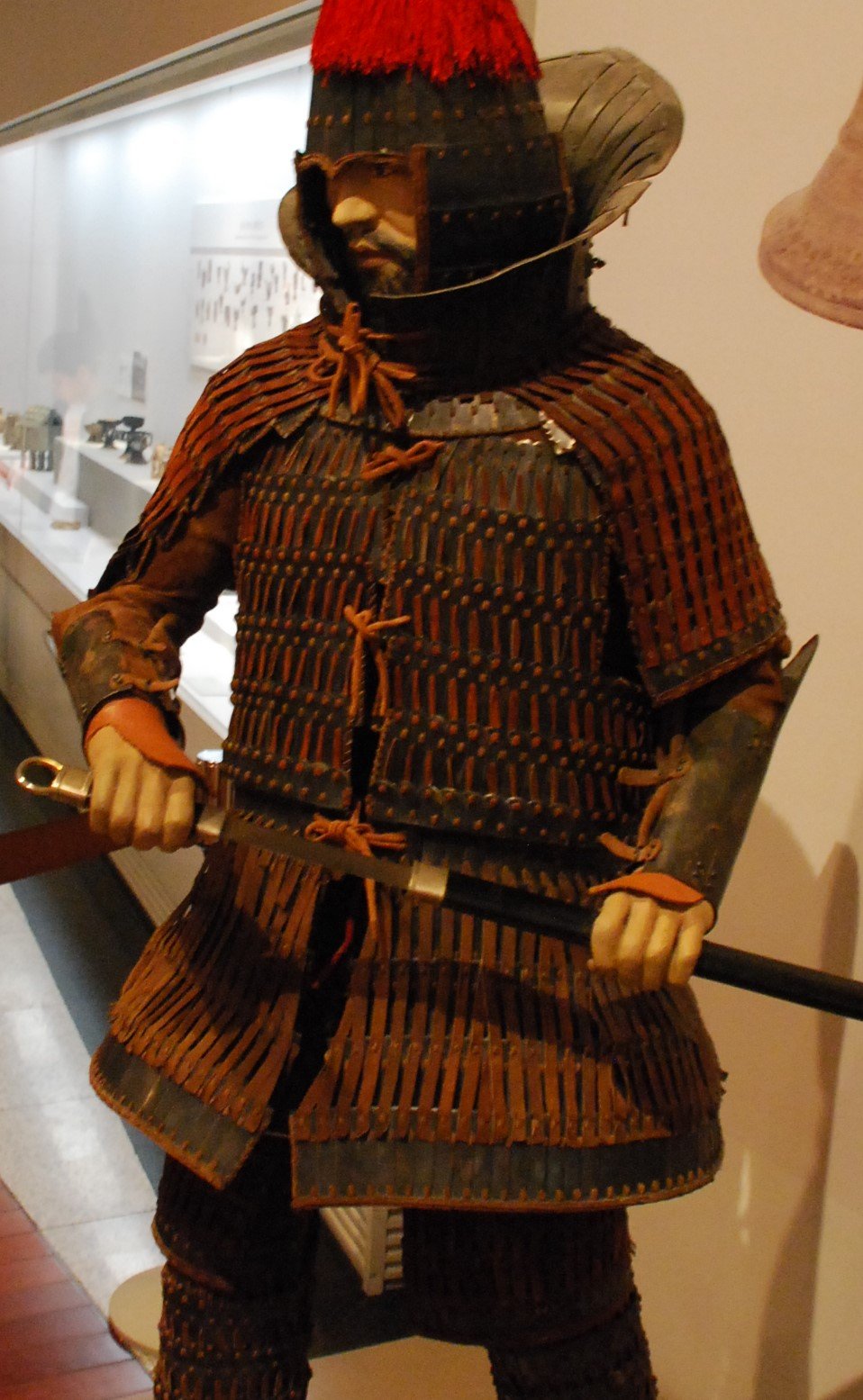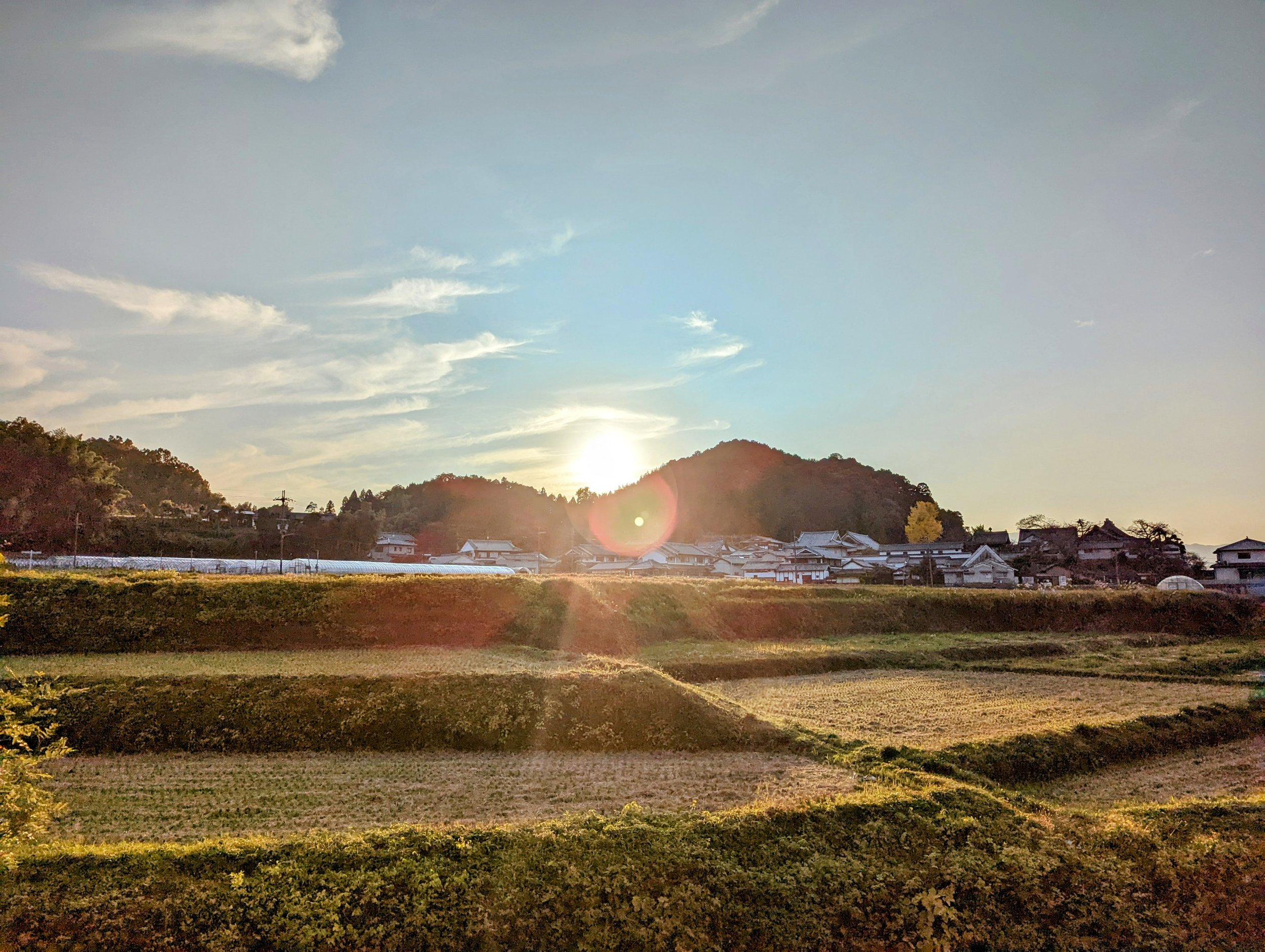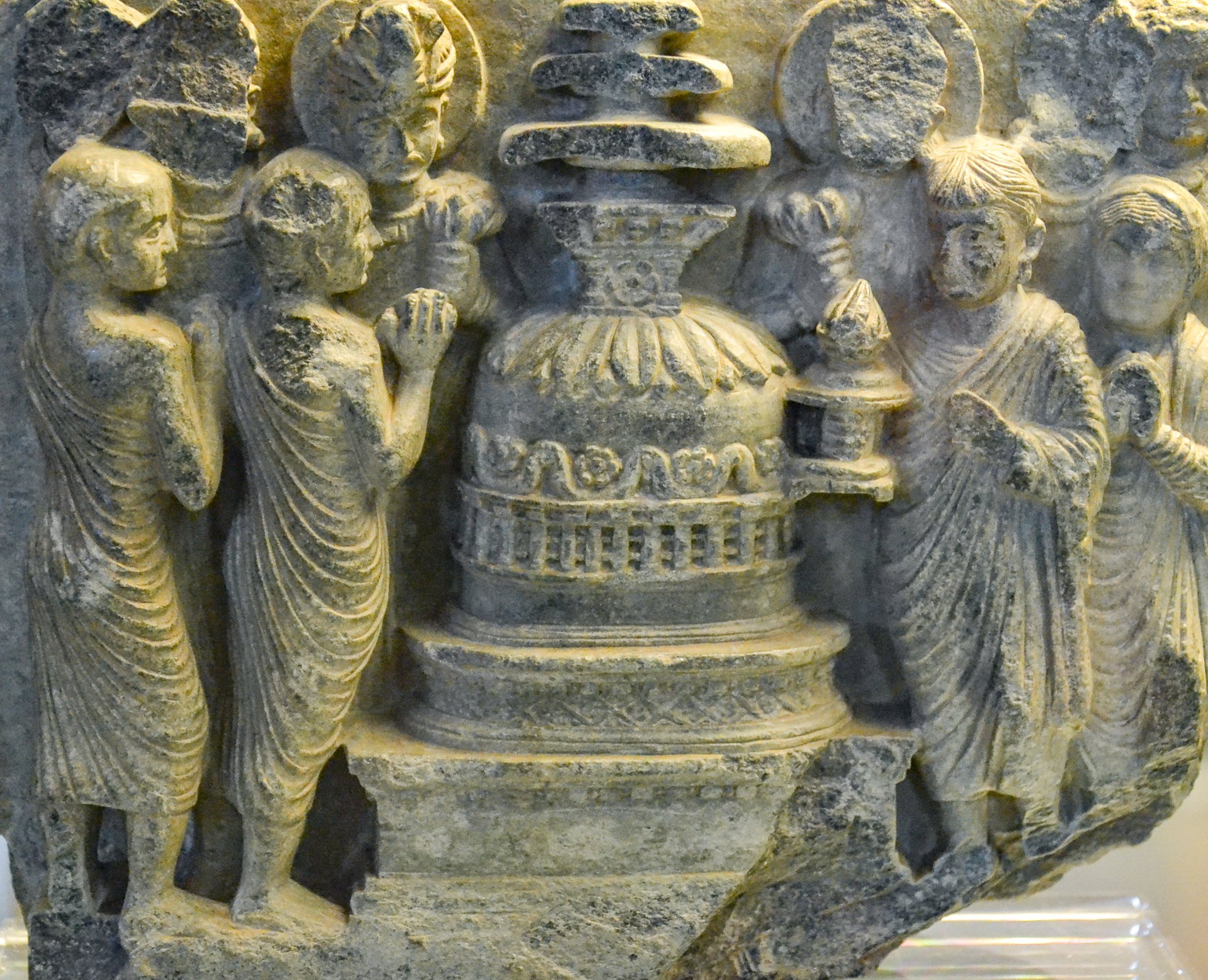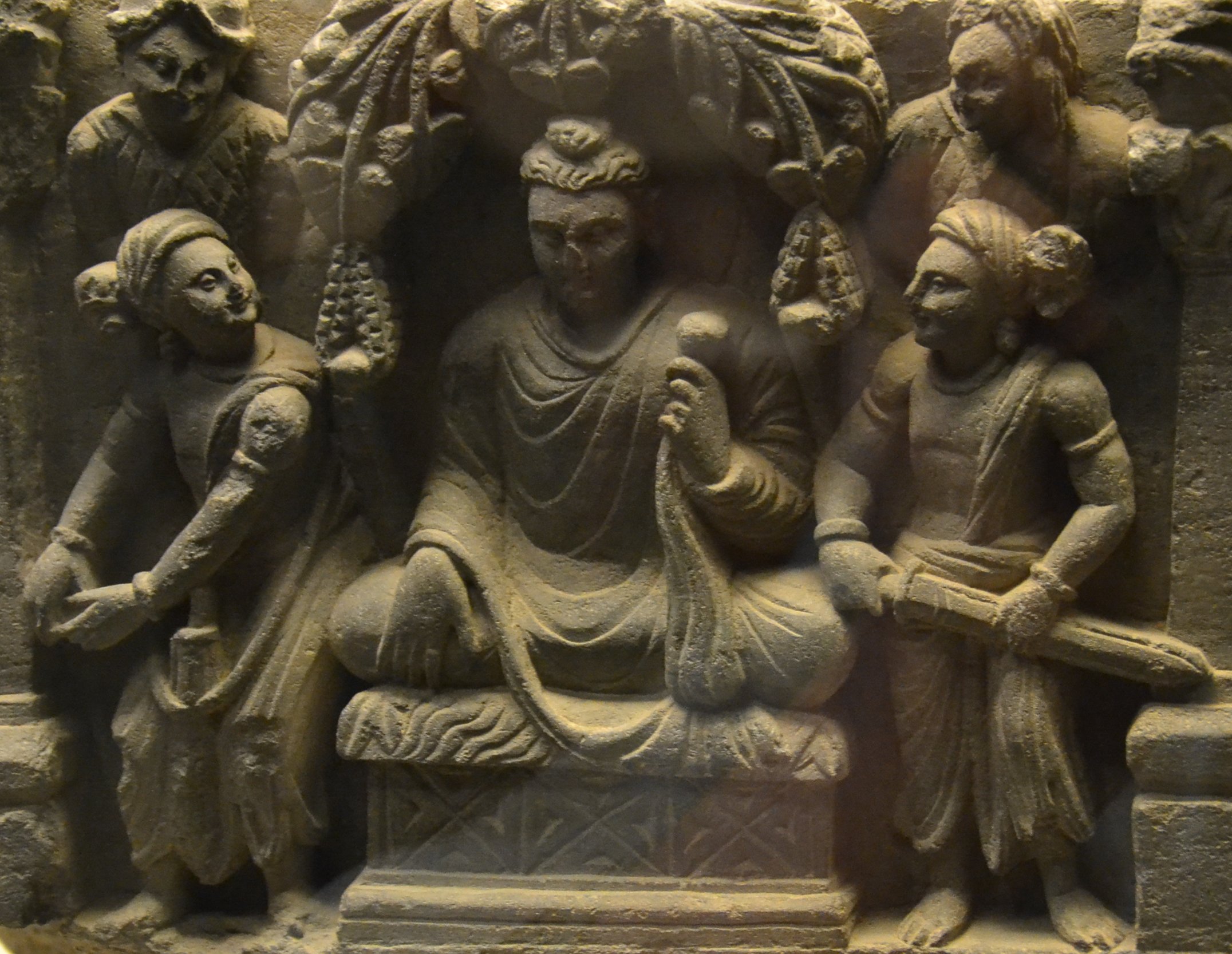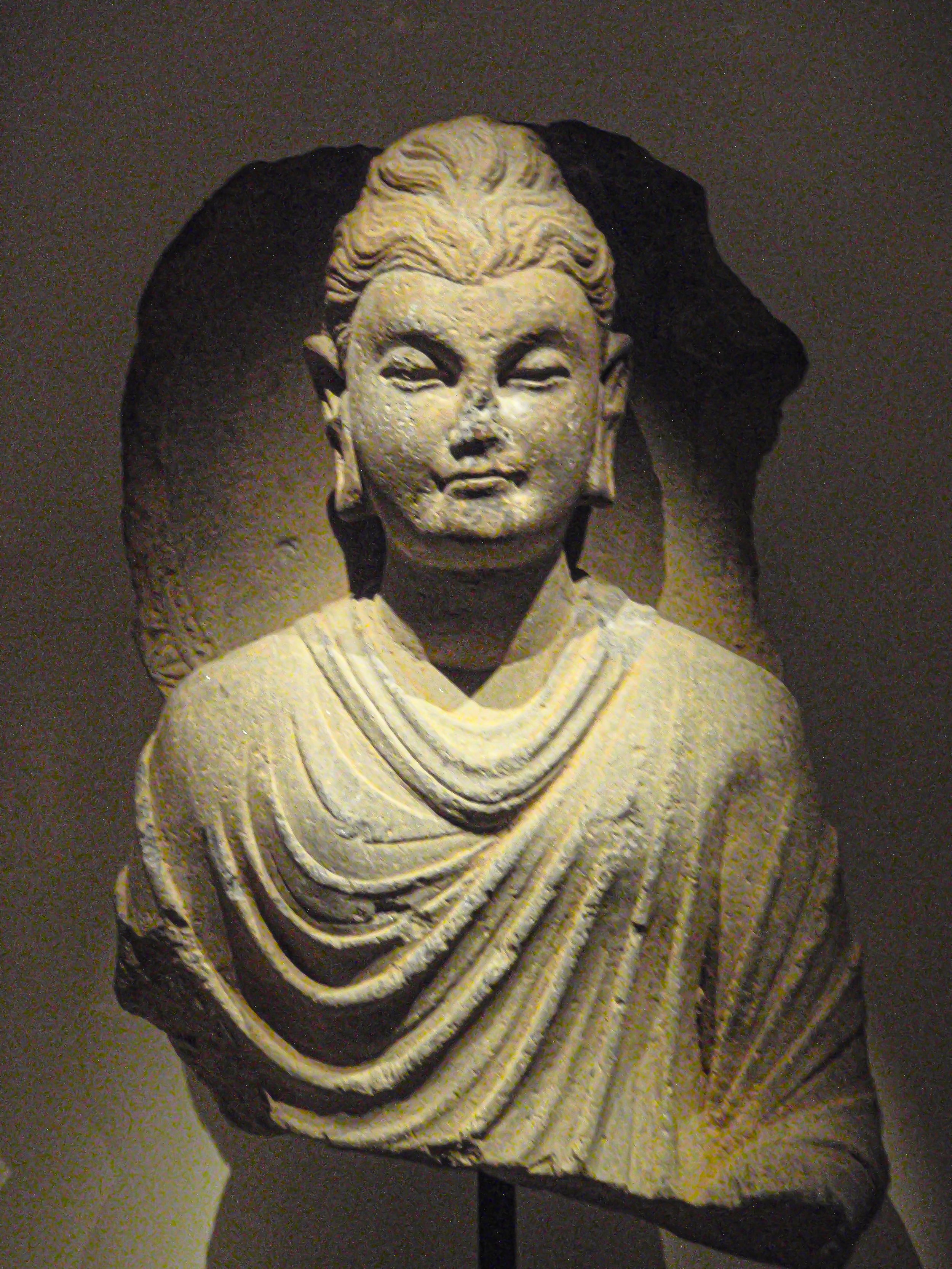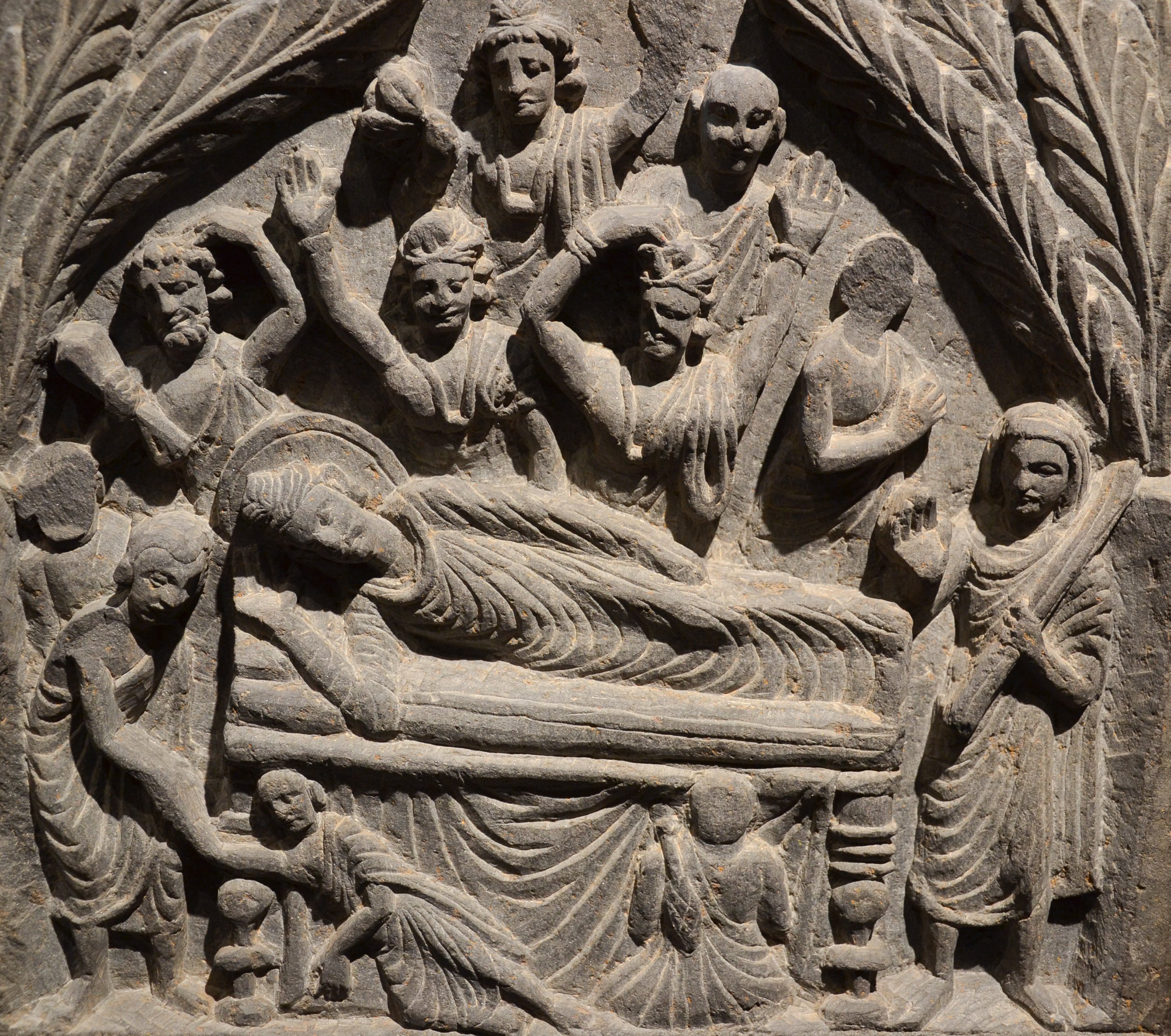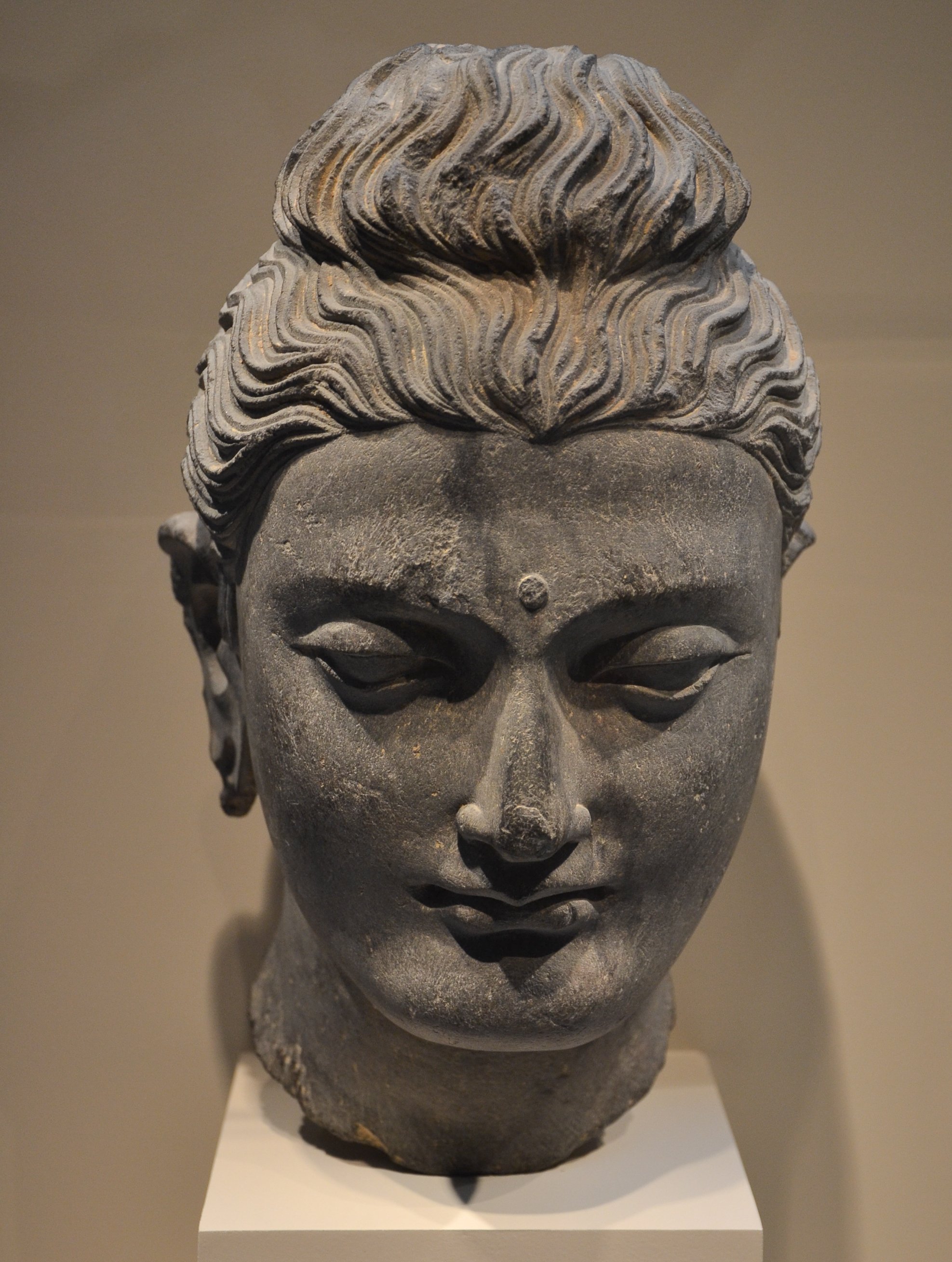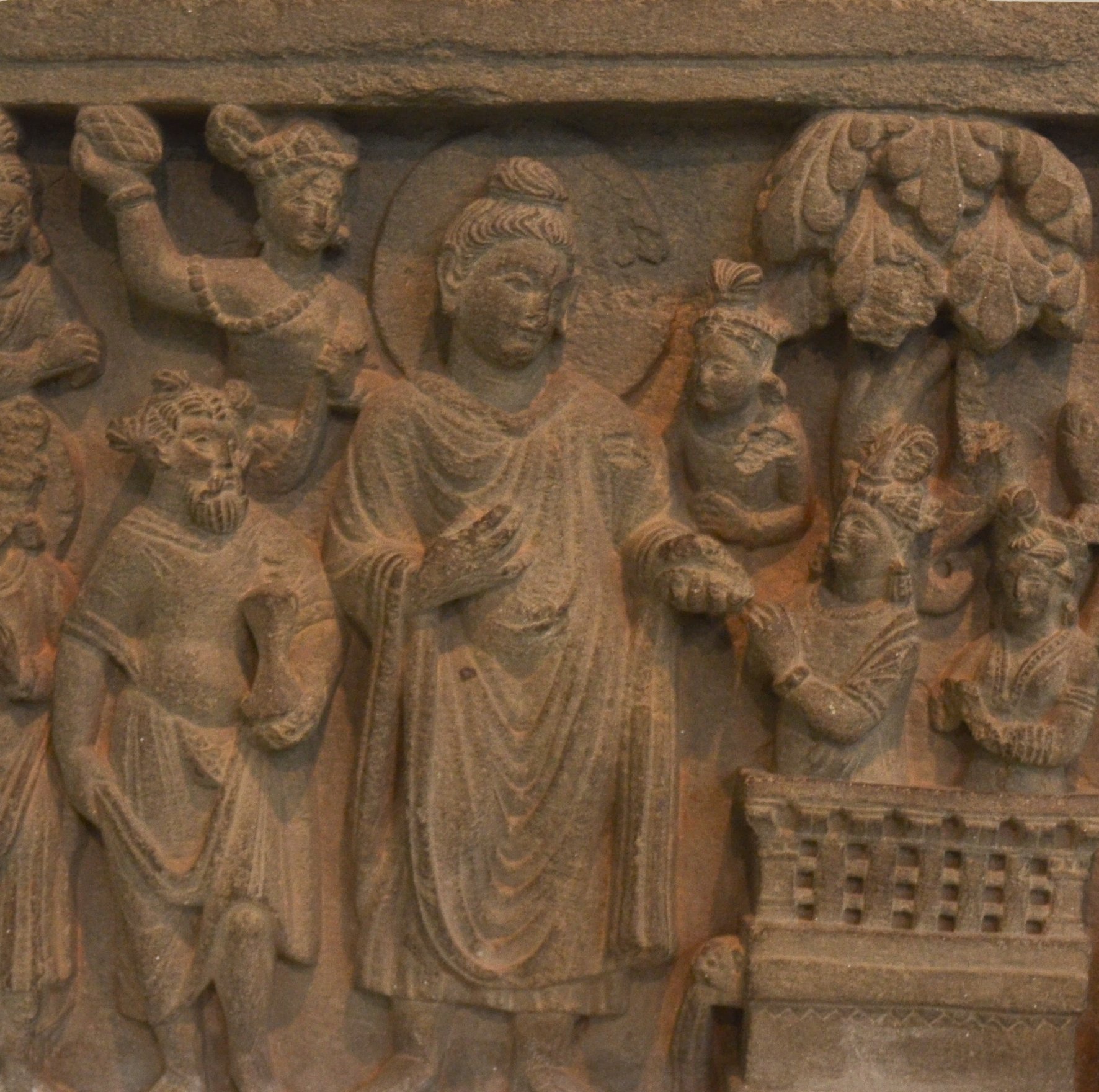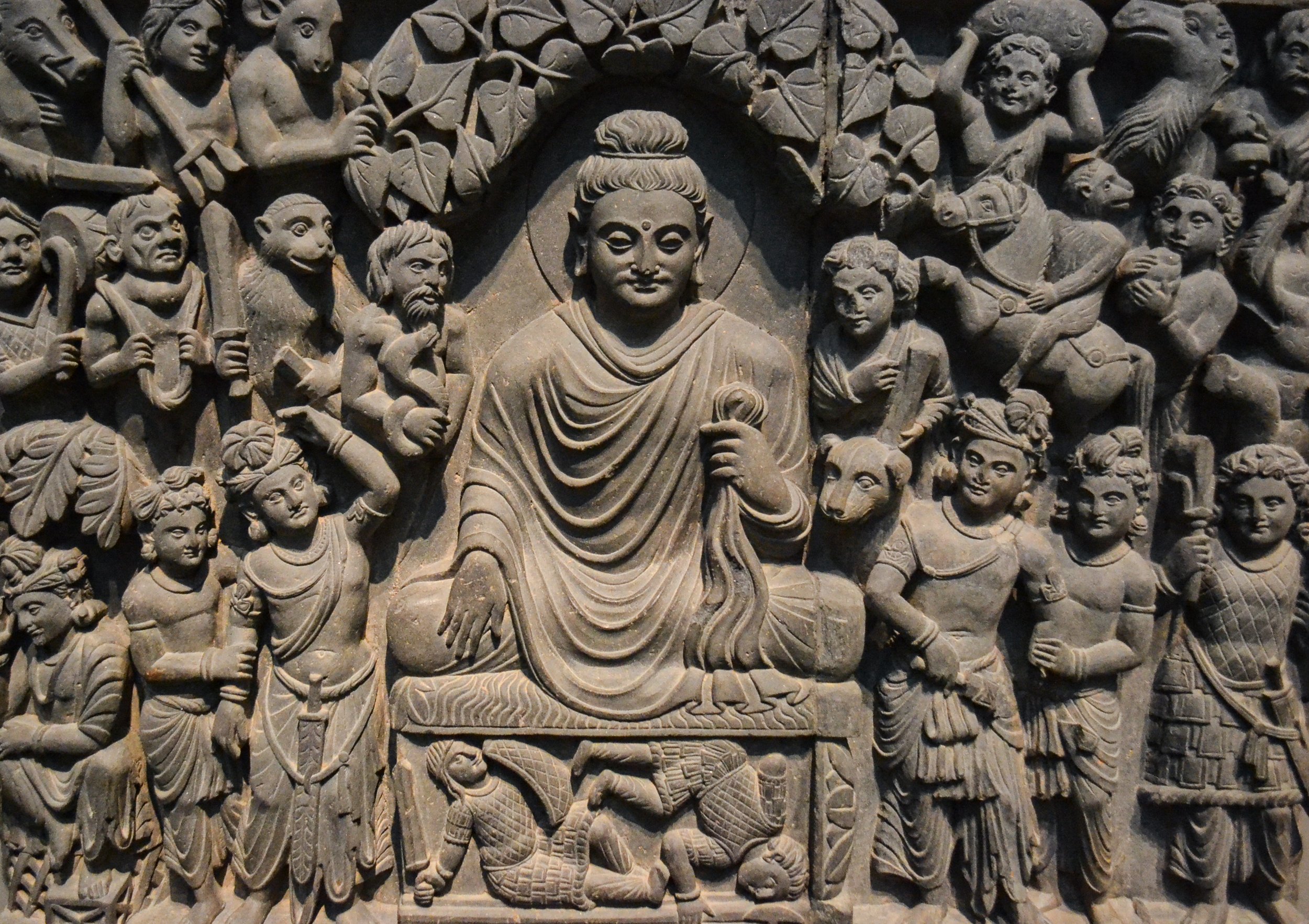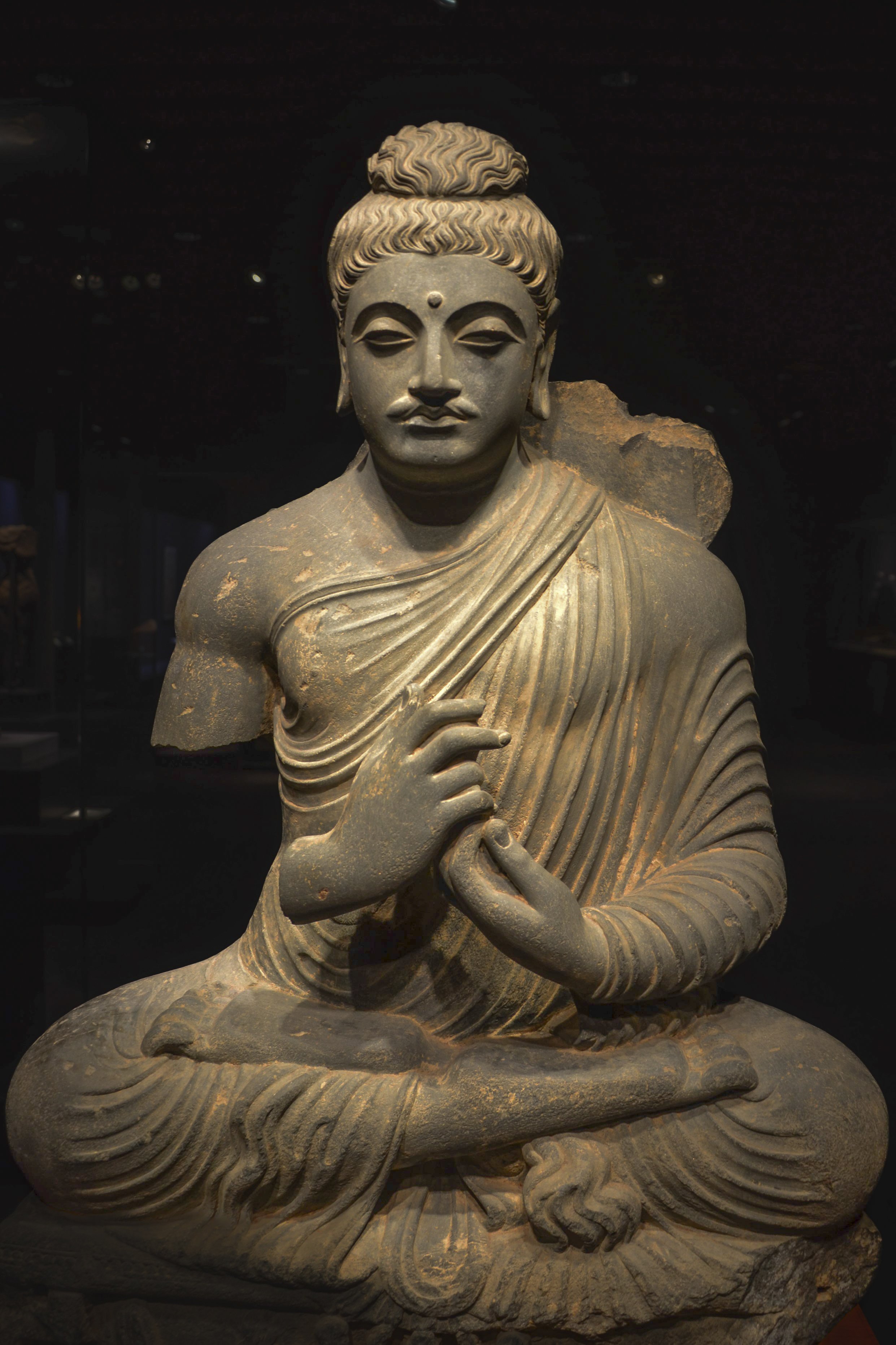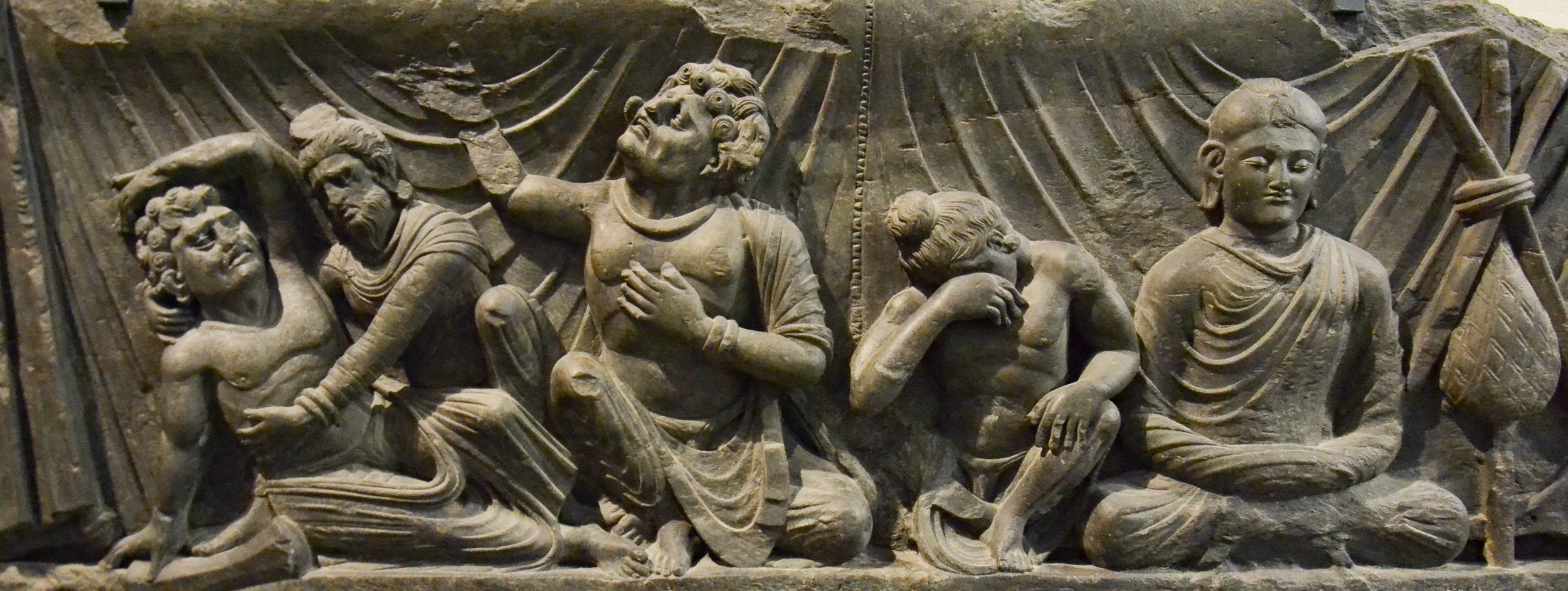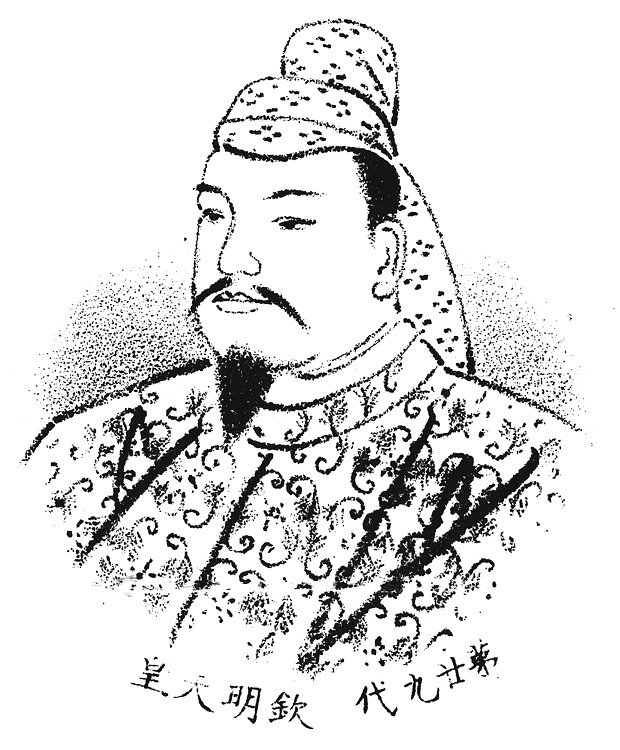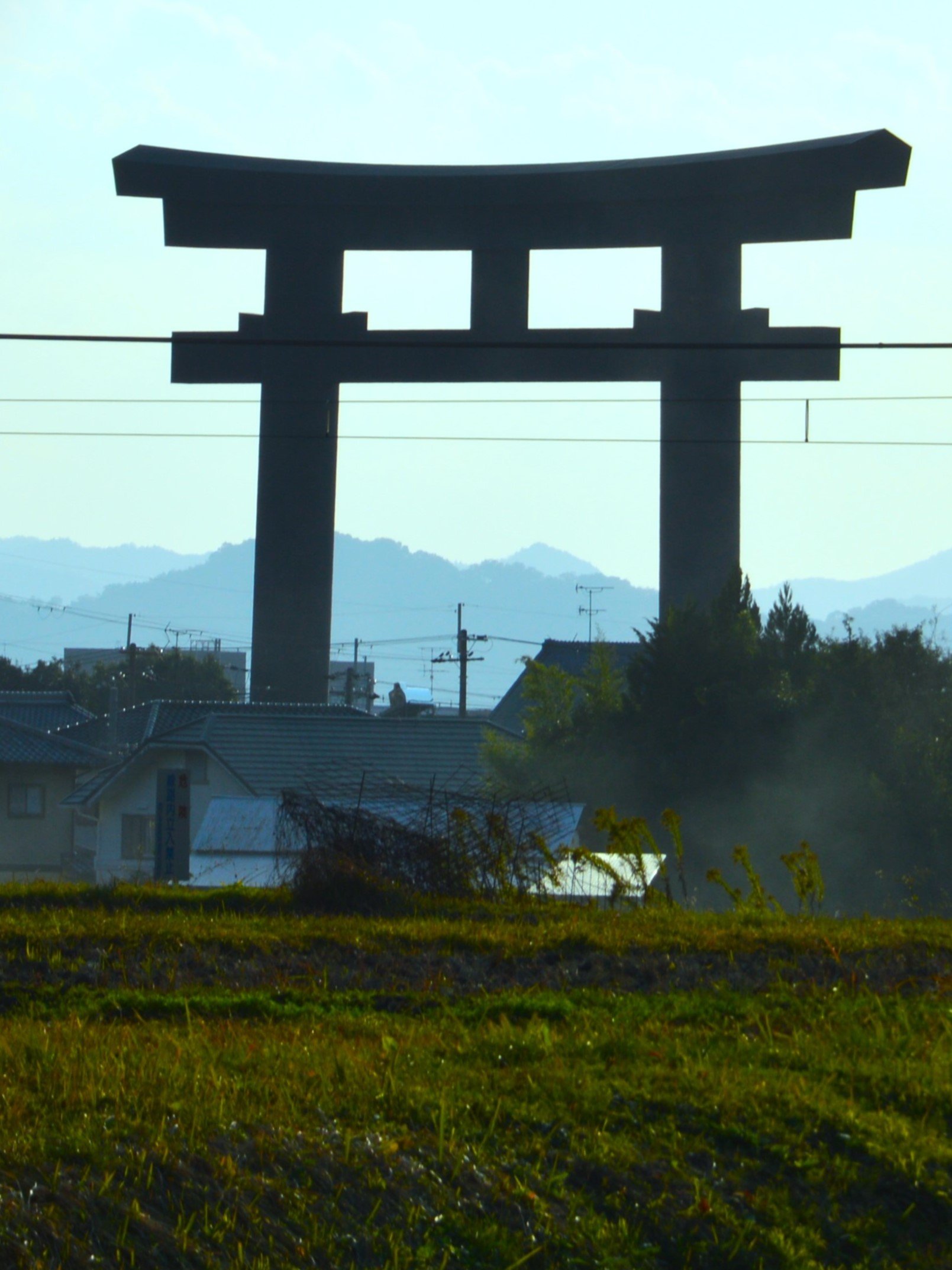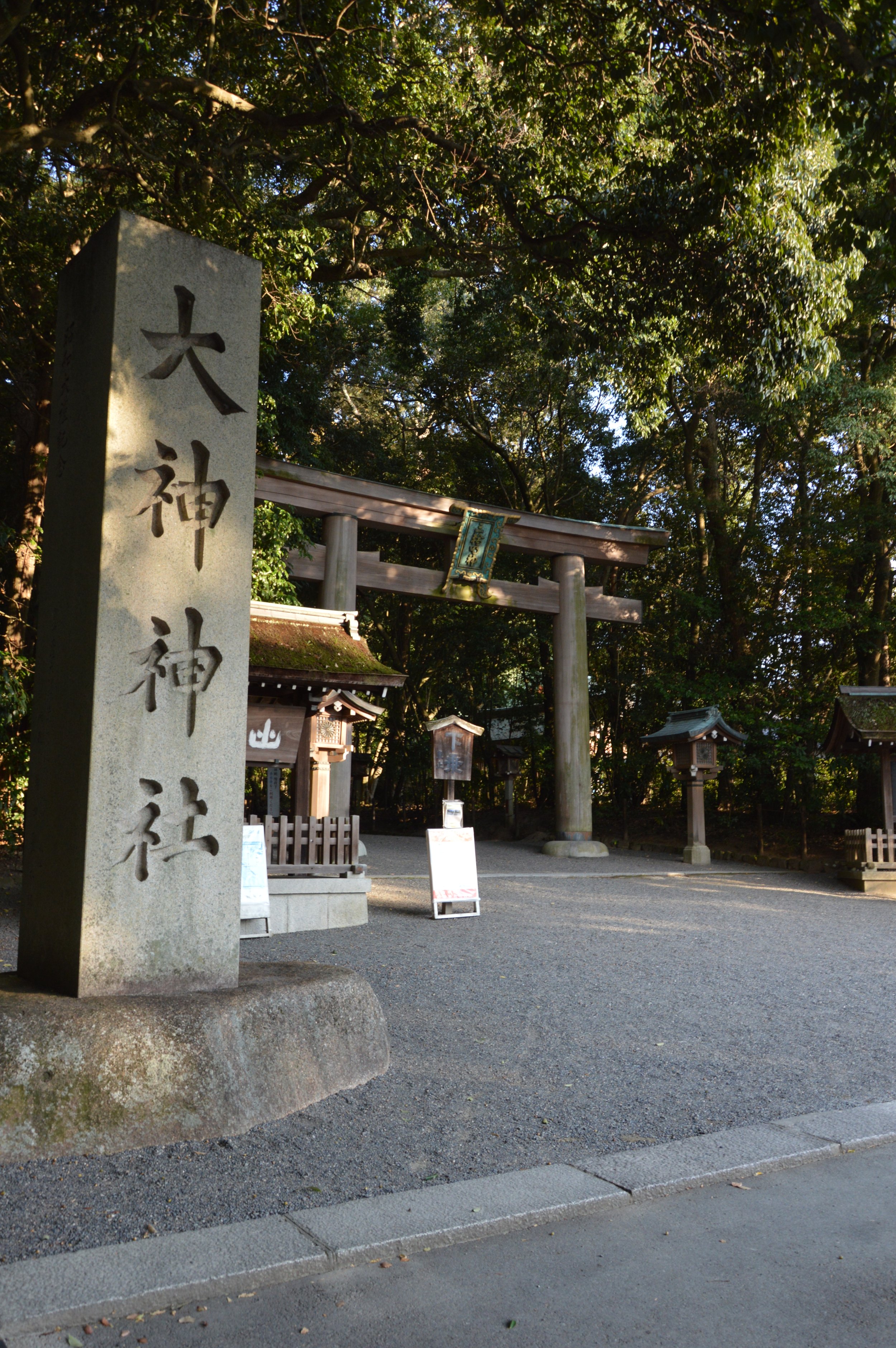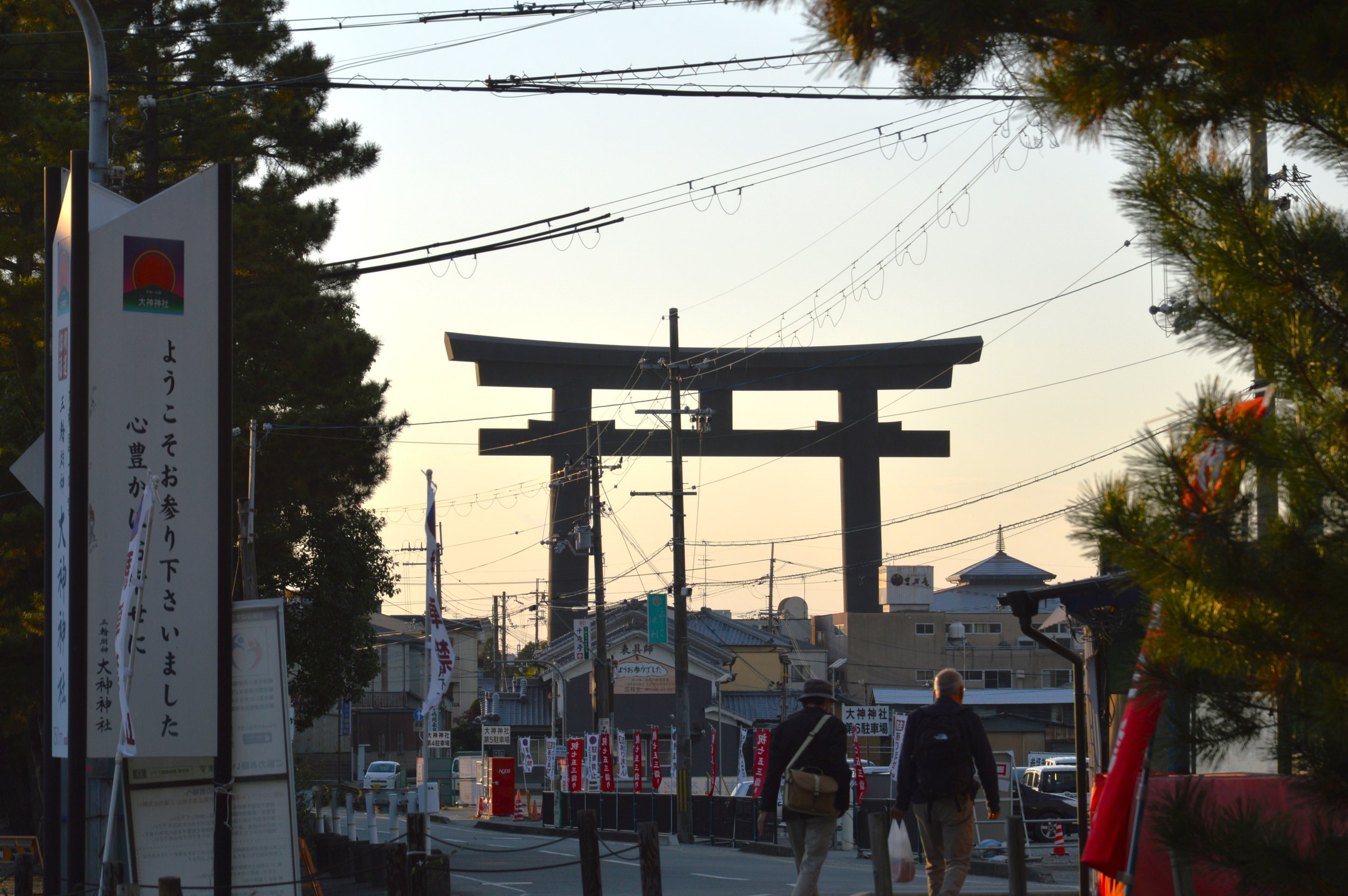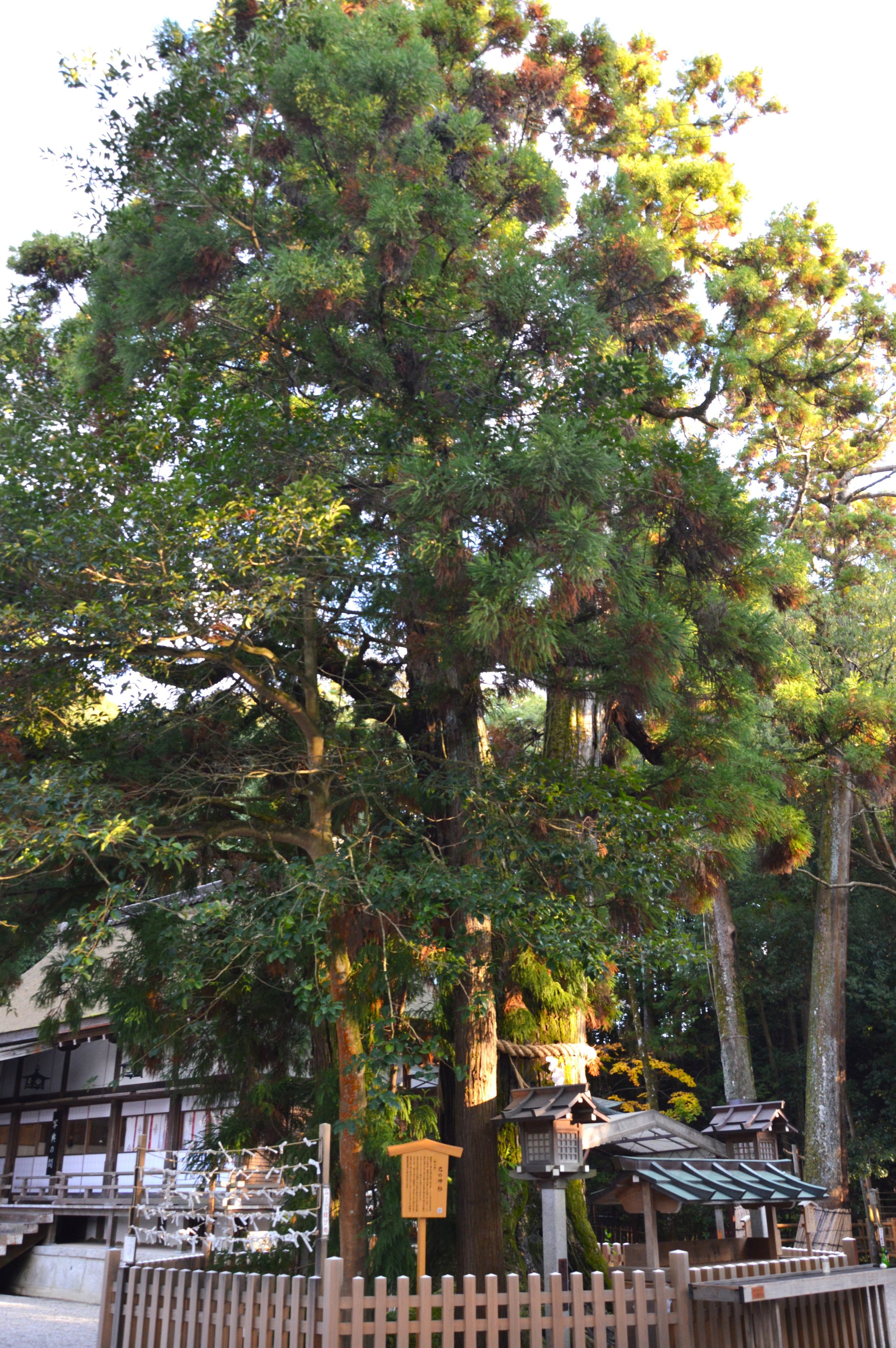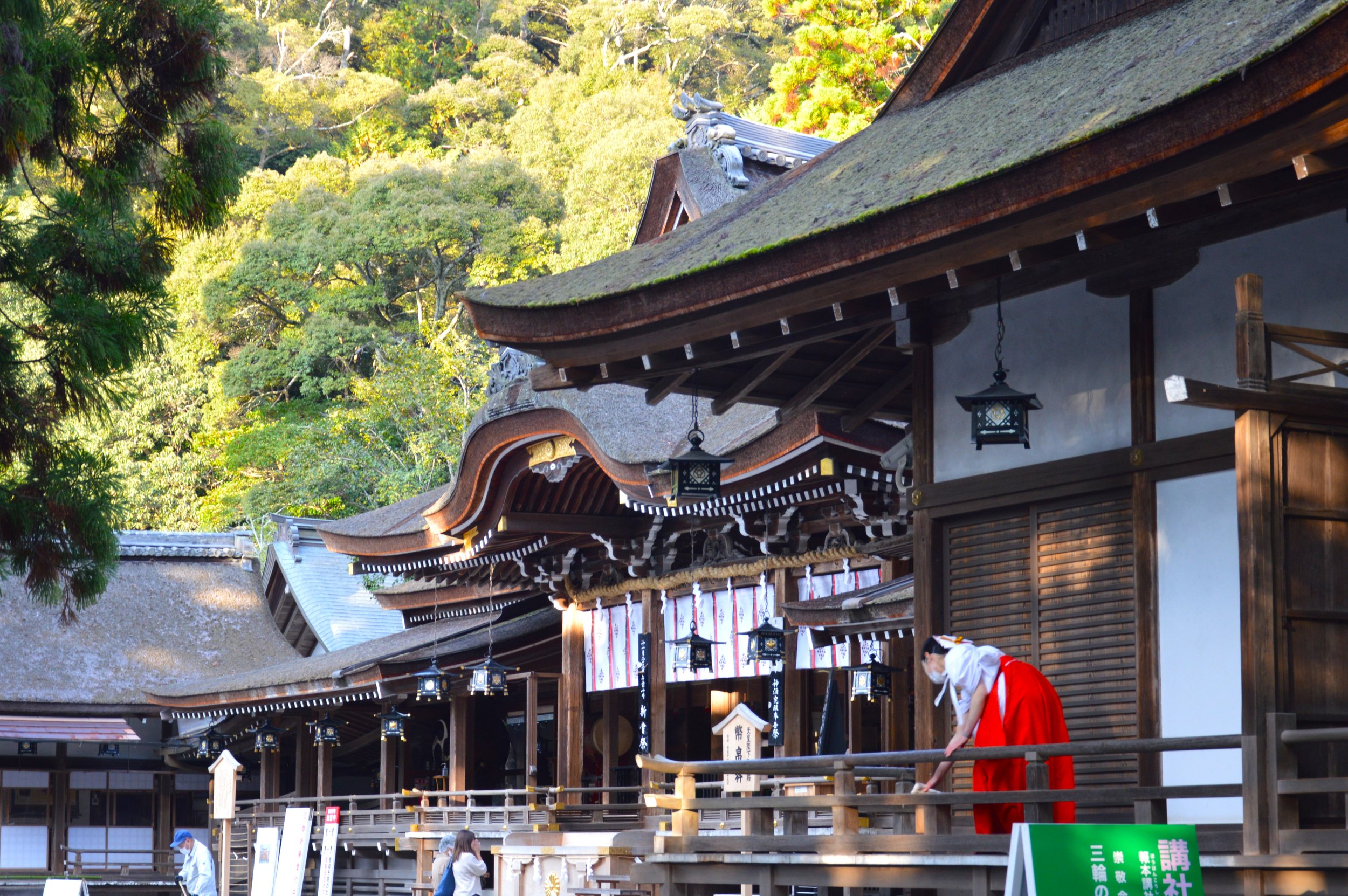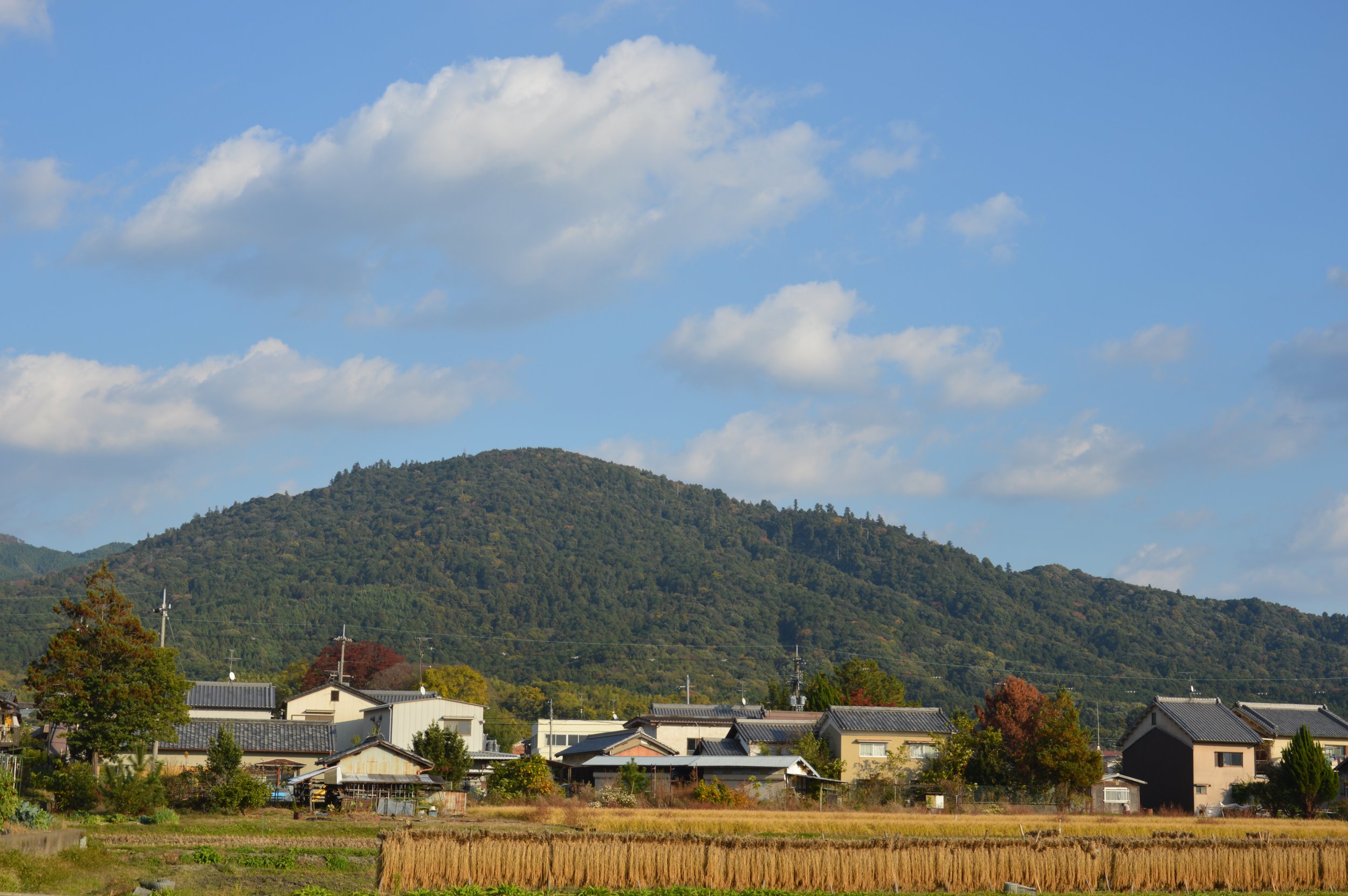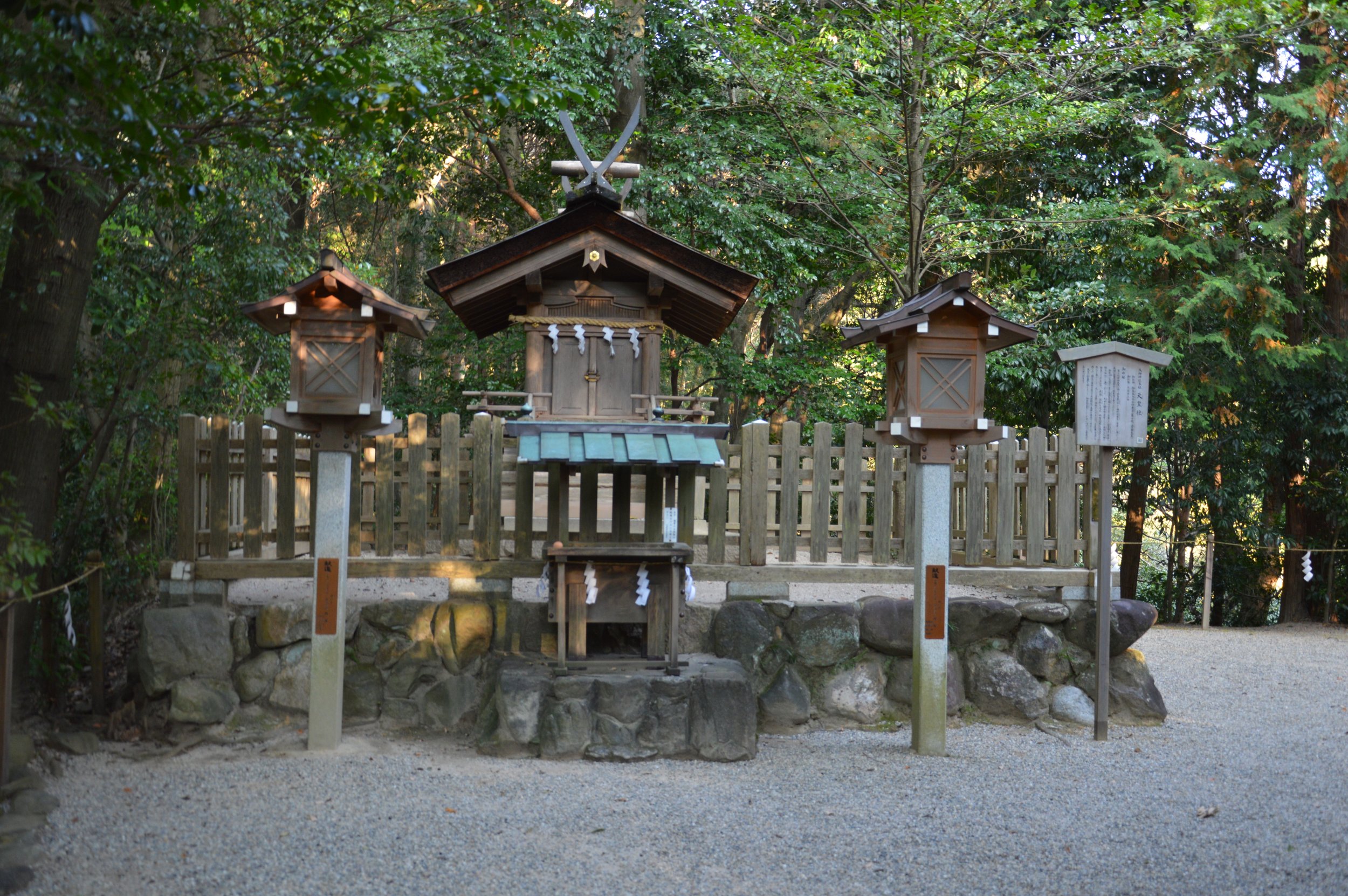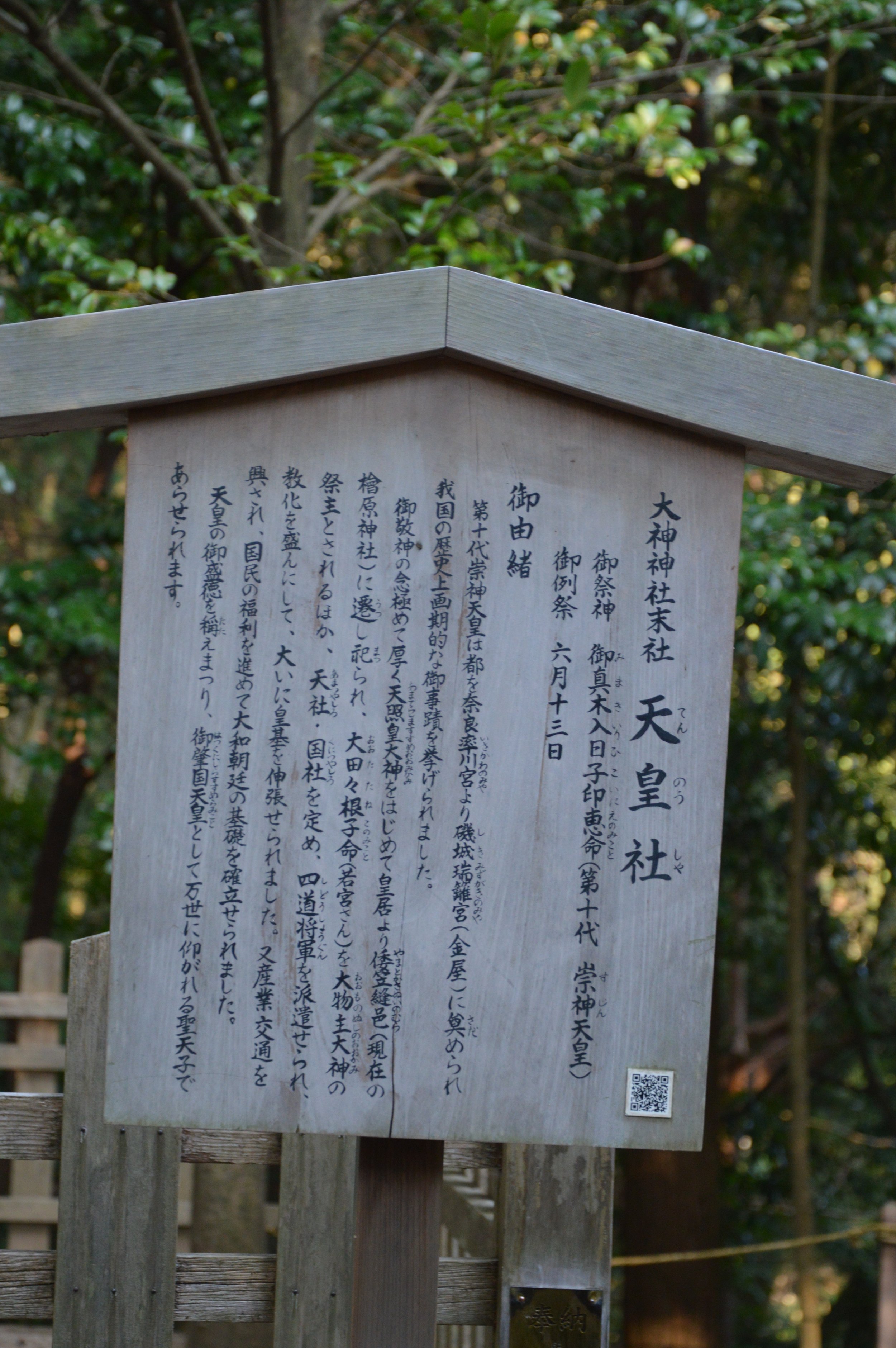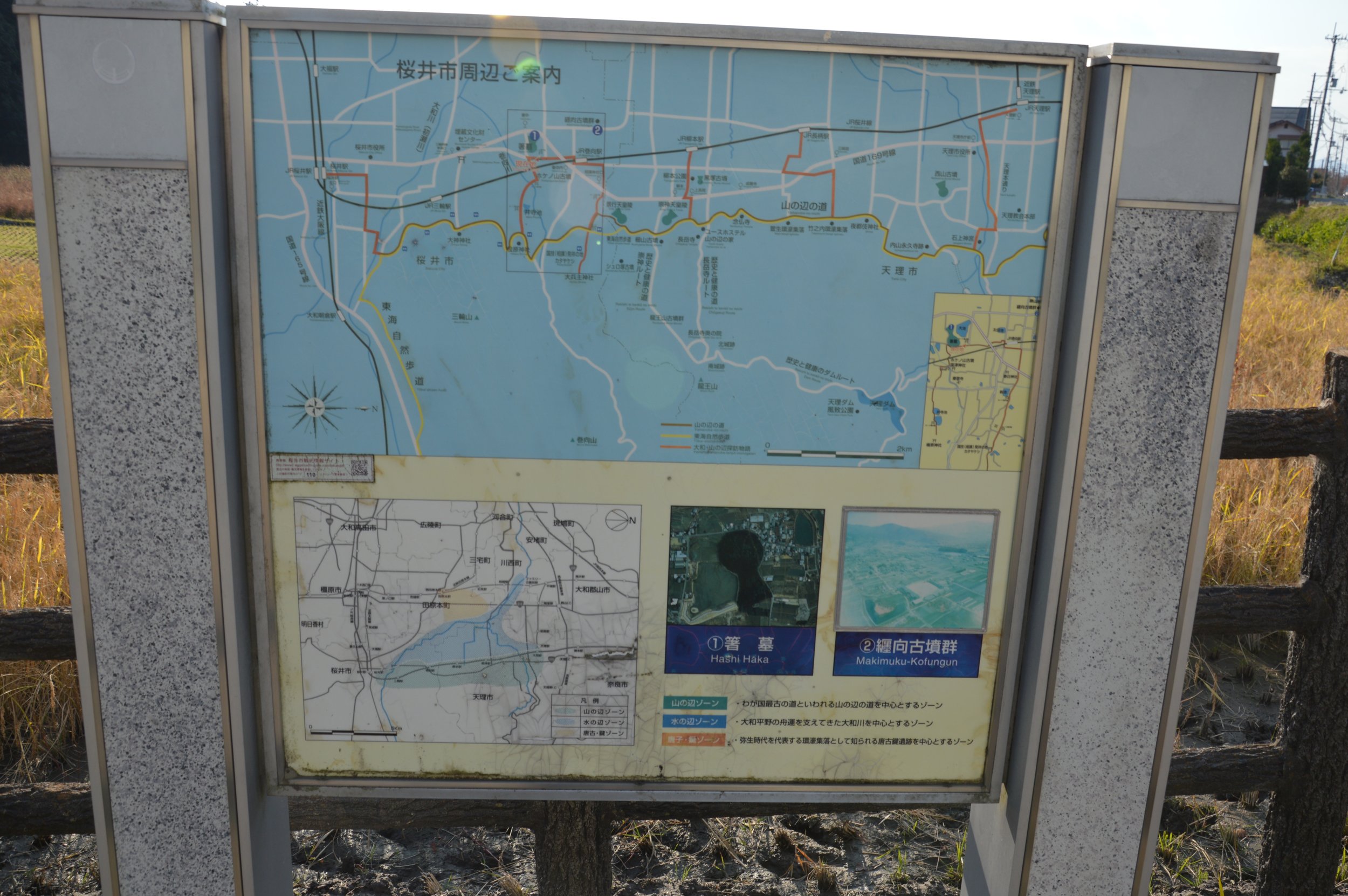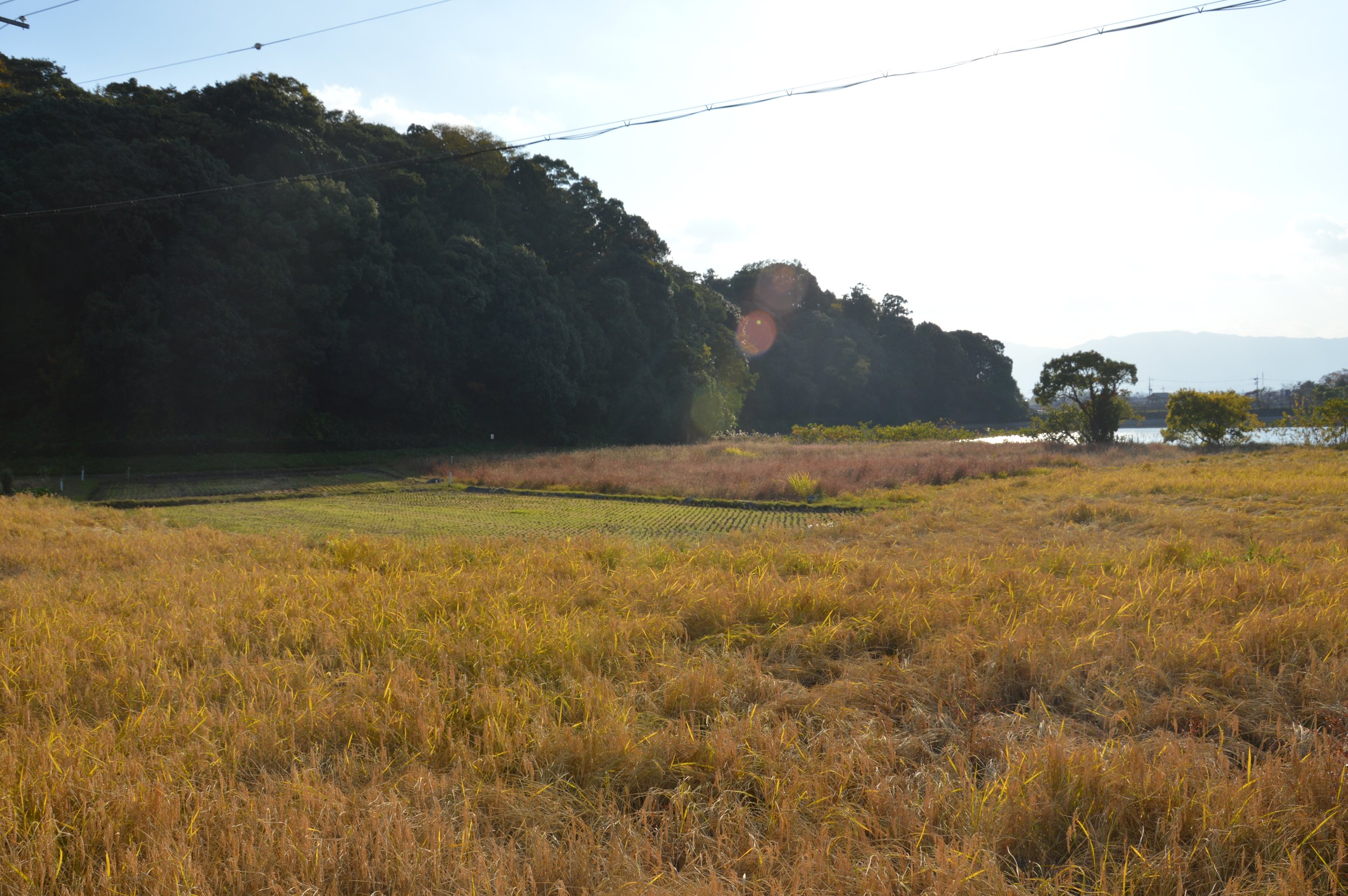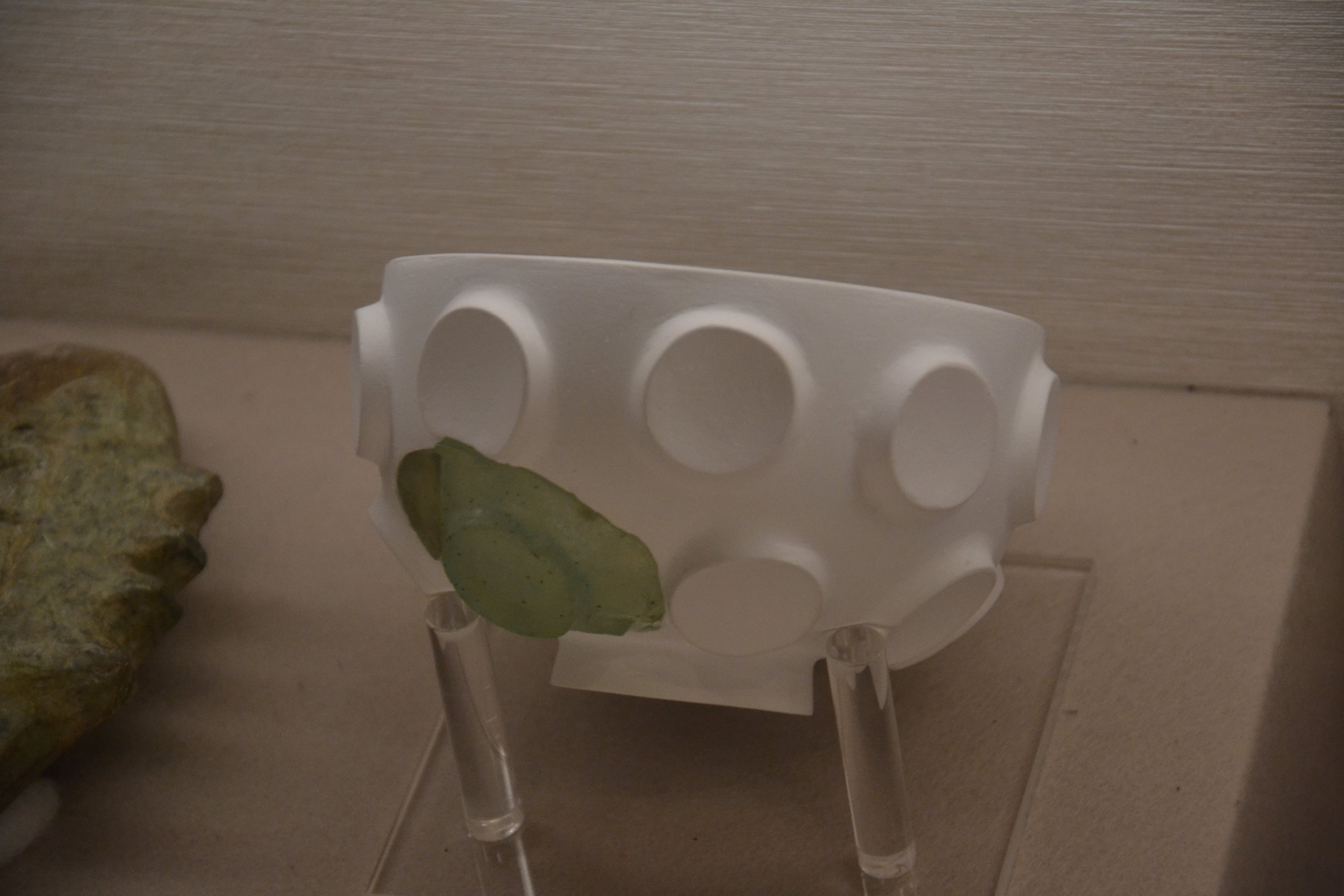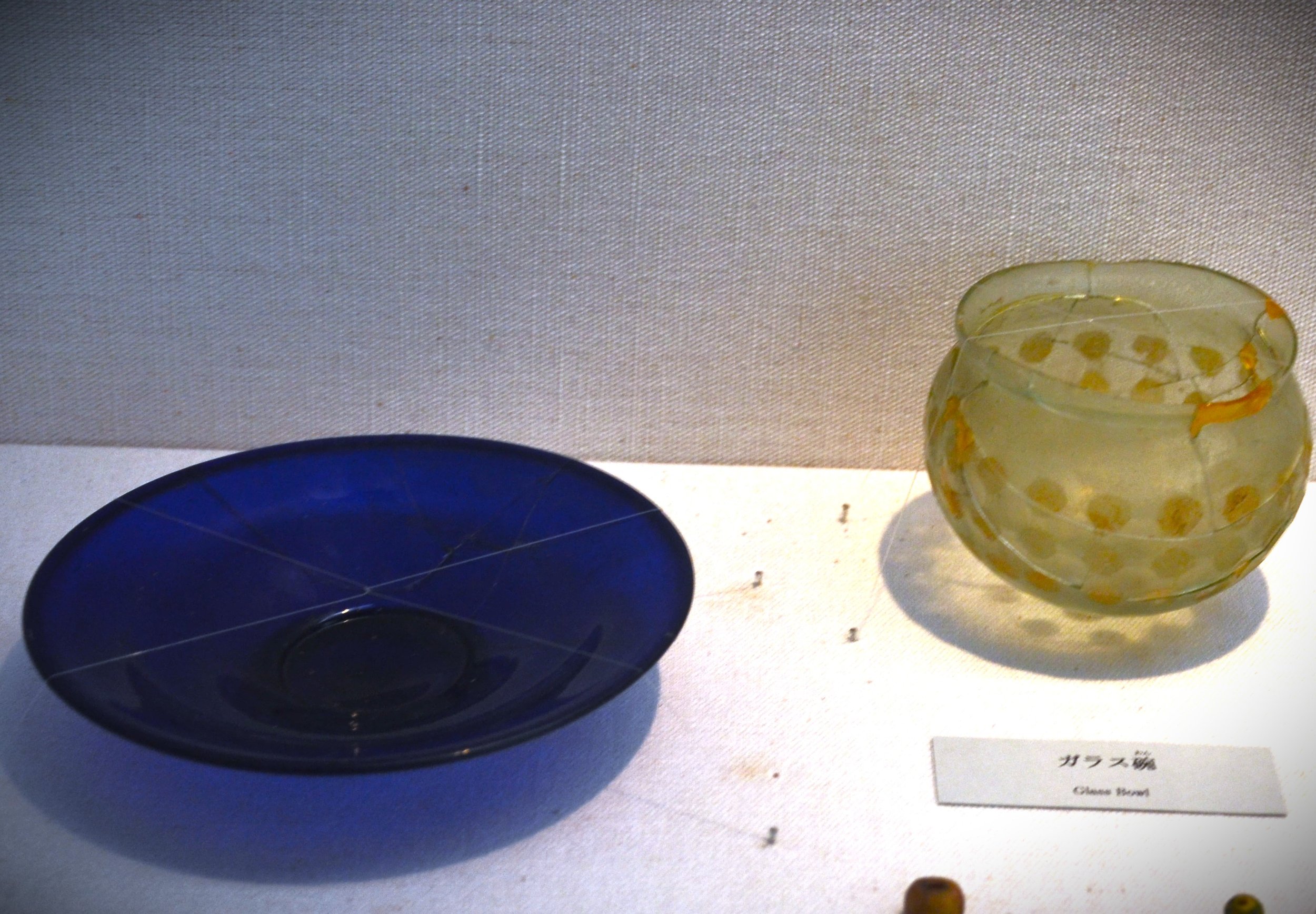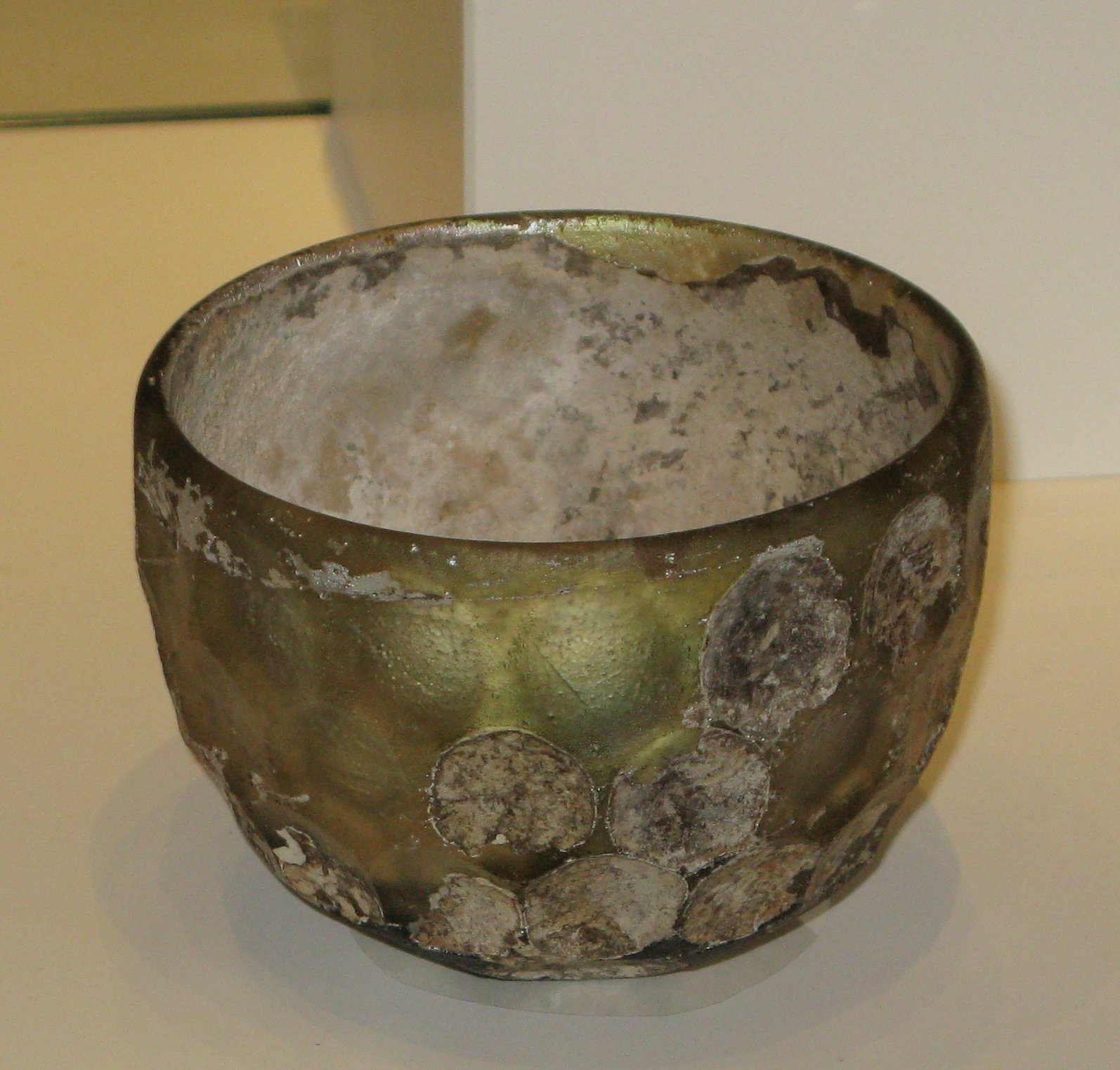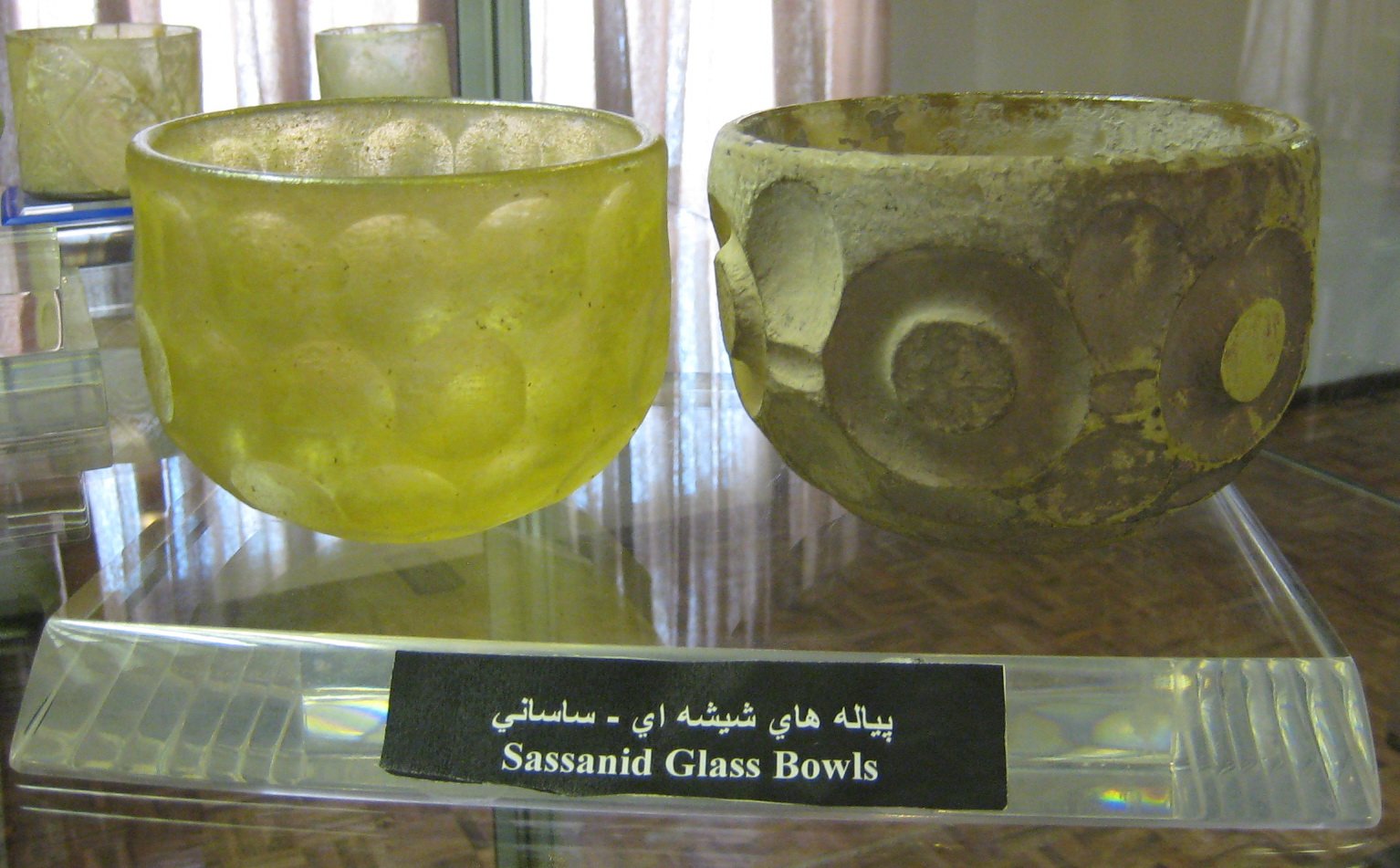Previous Episodes
- December 2025
- November 2025
- October 2025
- September 2025
- August 2025
- July 2025
- June 2025
- May 2025
- April 2025
- March 2025
- February 2025
- January 2025
- December 2024
- November 2024
- October 2024
- September 2024
- August 2024
- July 2024
- June 2024
- May 2024
- April 2024
- March 2024
- February 2024
- January 2024
- December 2023
- November 2023
- October 2023
- September 2023
- August 2023
- July 2023
- June 2023
- May 2023
- April 2023
- March 2023
- February 2023
- January 2023
- December 2022
- November 2022
- October 2022
- September 2022
- August 2022
- July 2022
- June 2022
- May 2022
- April 2022
- March 2022
- February 2022
- January 2022
- December 2021
- November 2021
- October 2021
- September 2021
- August 2021
- July 2021
- June 2021
- May 2021
- April 2021
- March 2021
- February 2021
- January 2021
- December 2020
- November 2020
- October 2020
- September 2020
- August 2020
- July 2020
- June 2020
- May 2020
- April 2020
- March 2020
- February 2020
- January 2020
- December 2019
- November 2019
- October 2019
- September 2019
This episode is a little different. We are looking at an event—actually two events—that we only really know through archaeology, because nothing that we've found in the written record references it. I’m talking about the two eruptions of Mount Haruna in the early and mid 6th centuries.
For more, check out some of the links we have below in the References section.
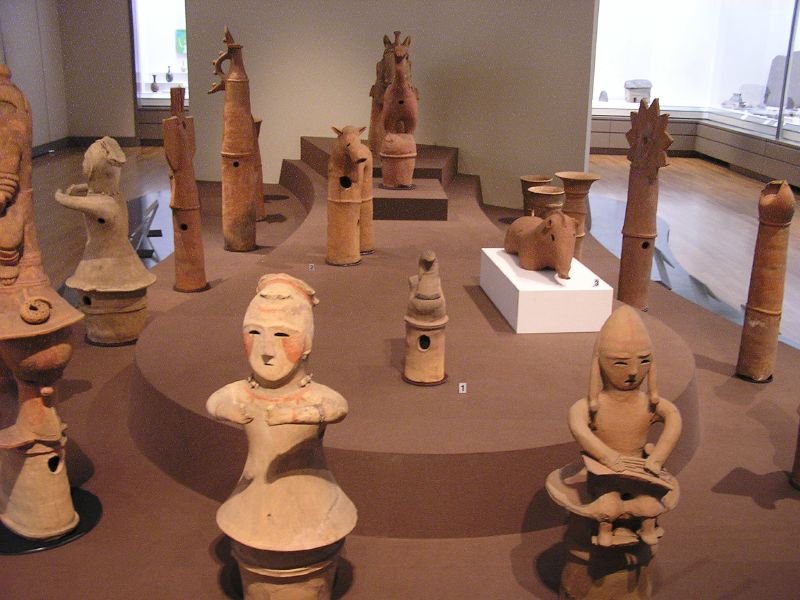
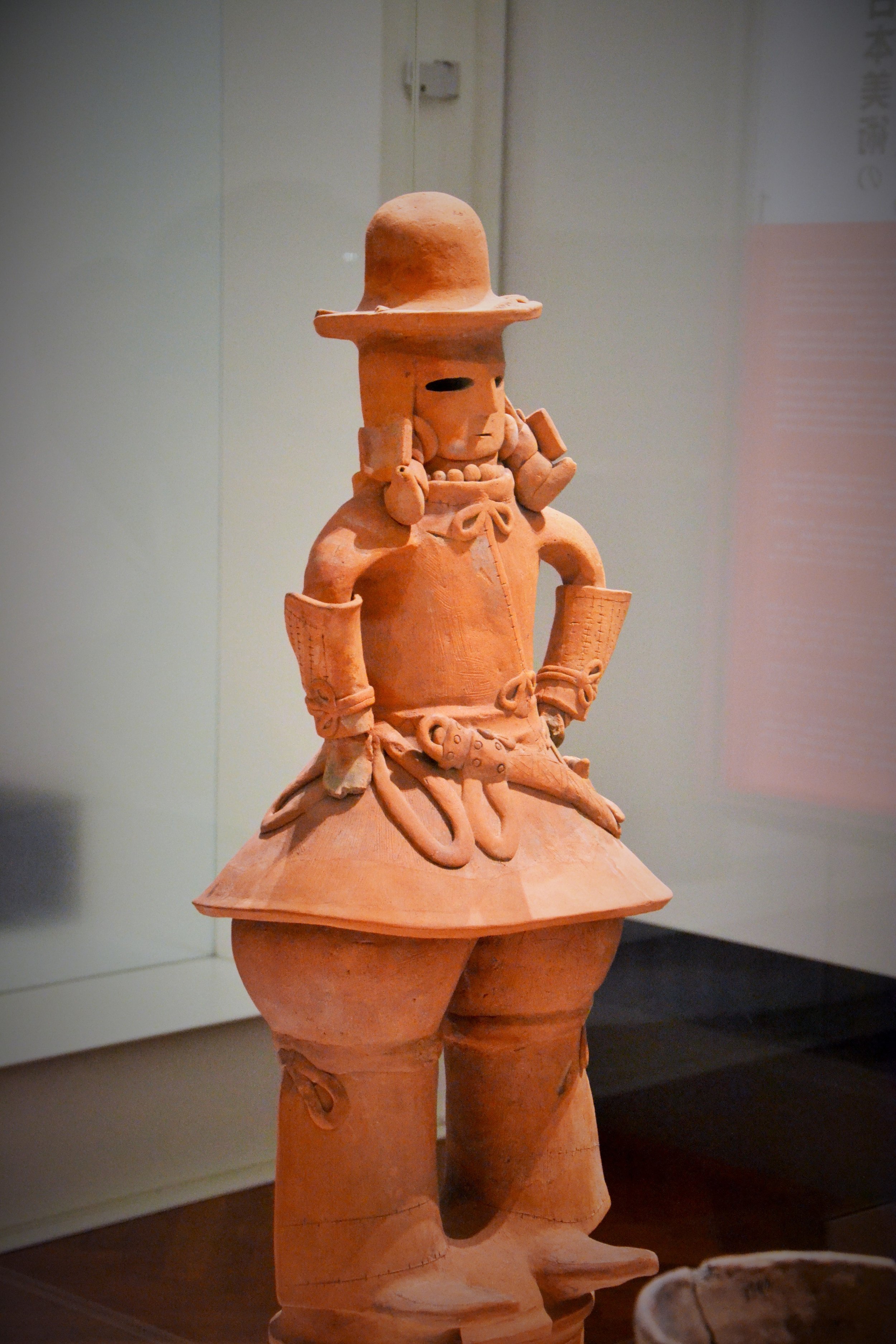
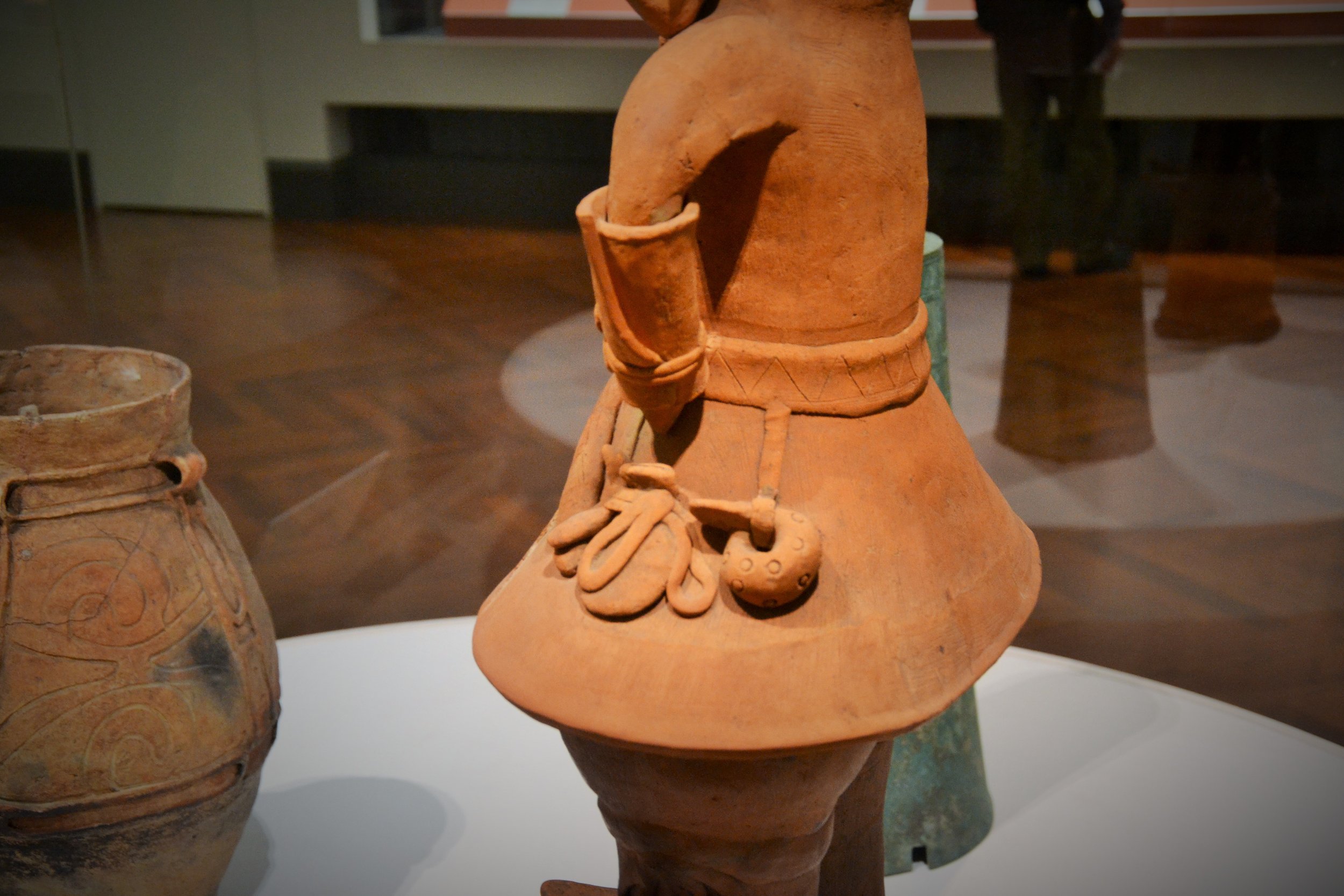
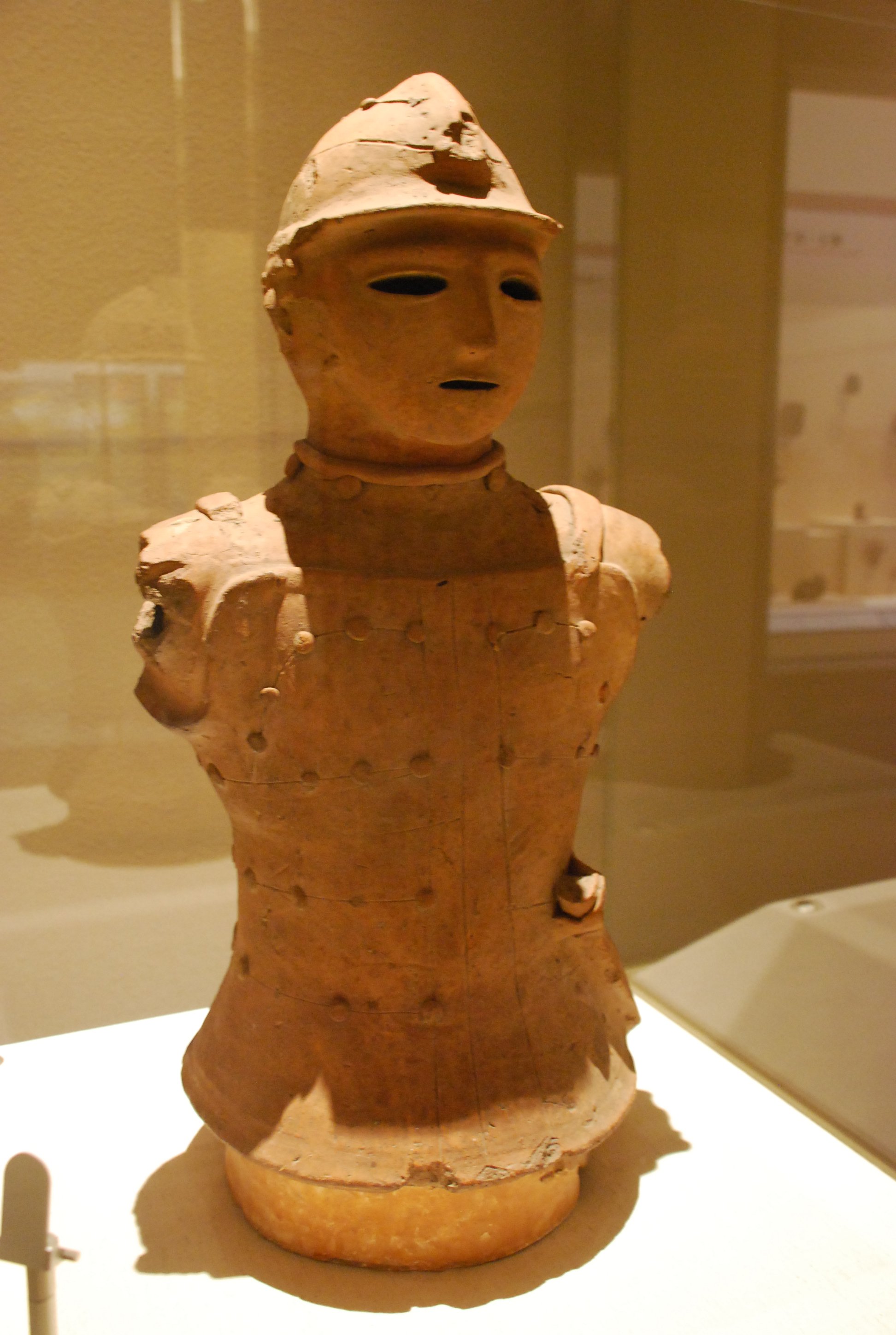
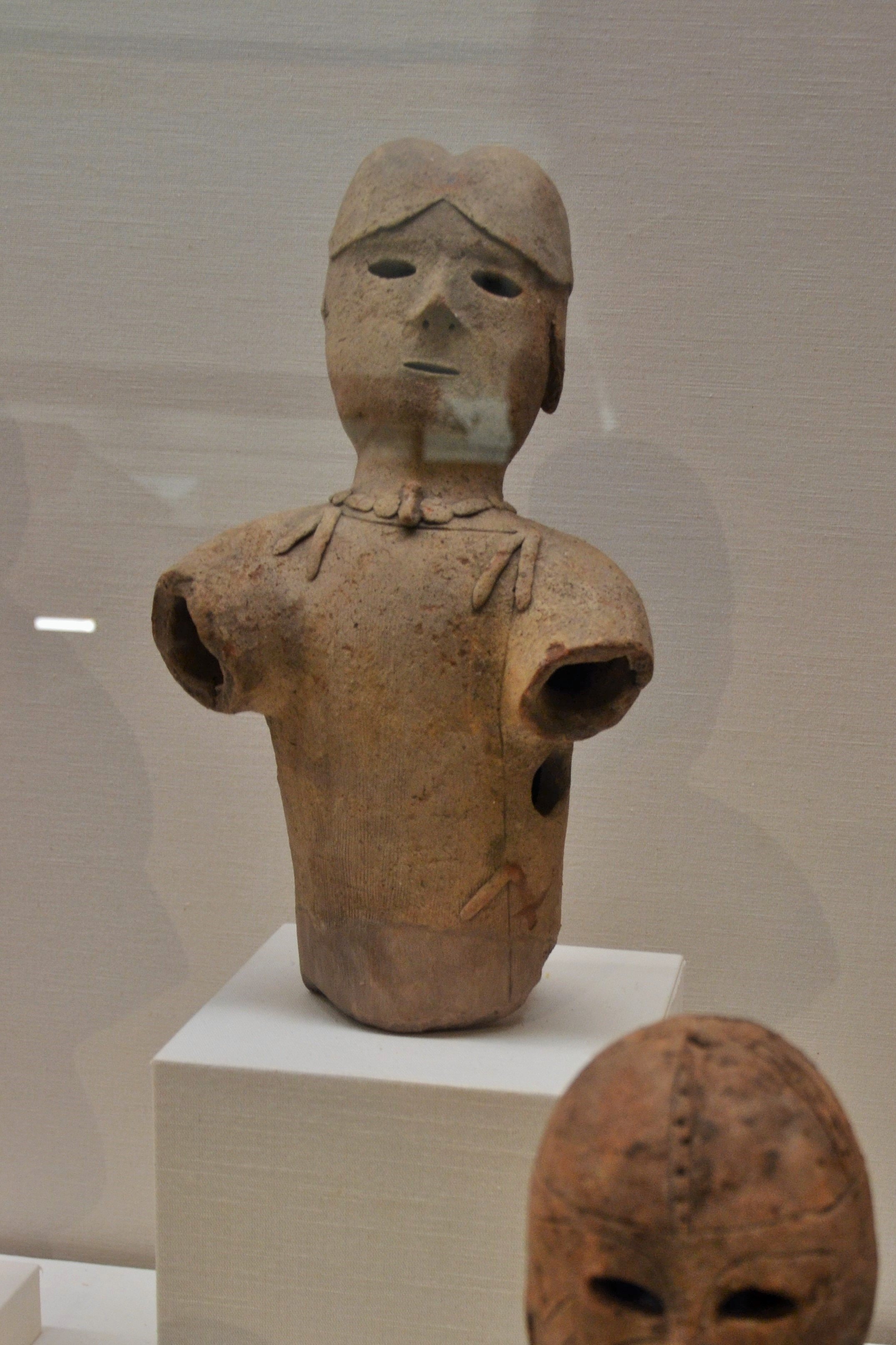
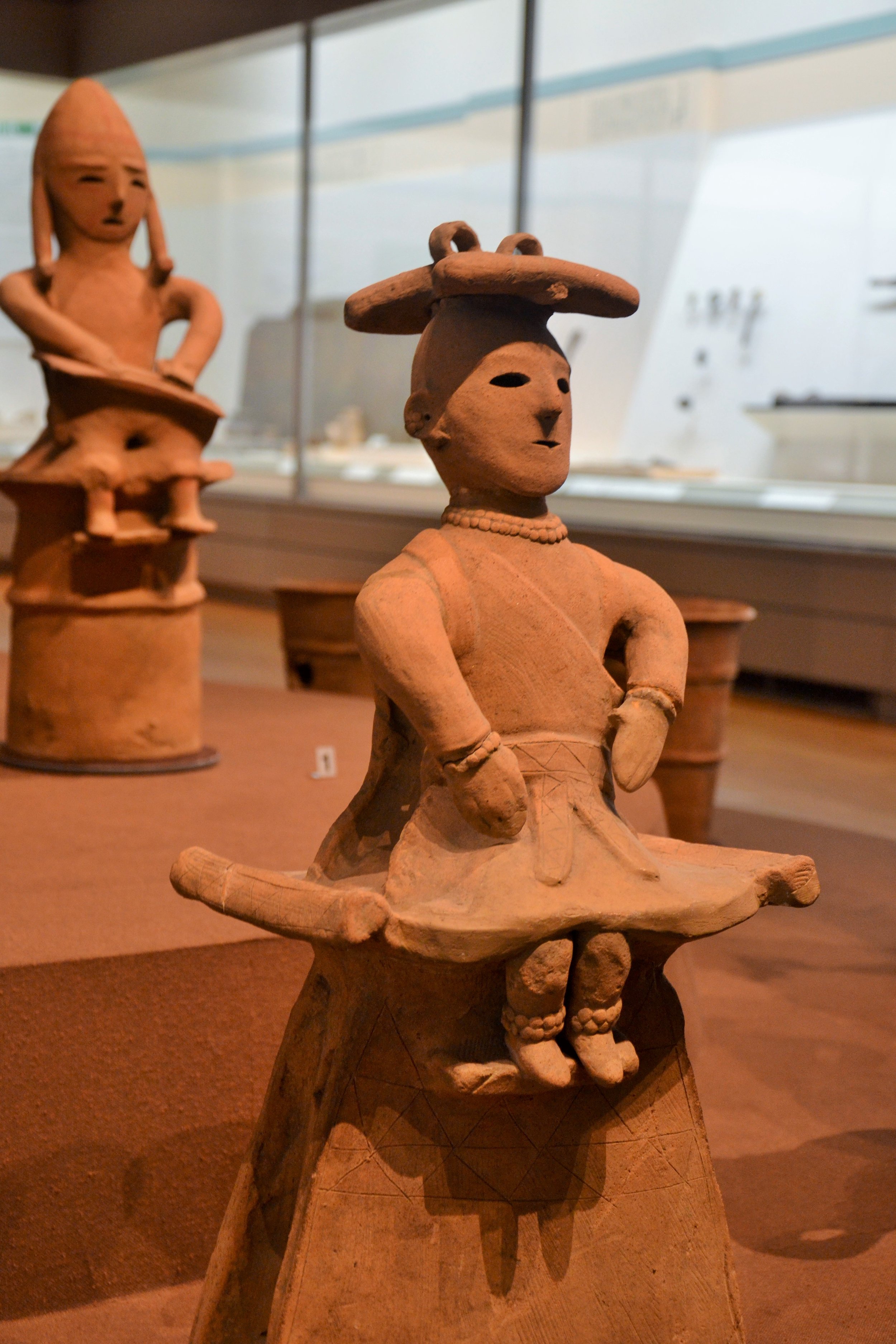

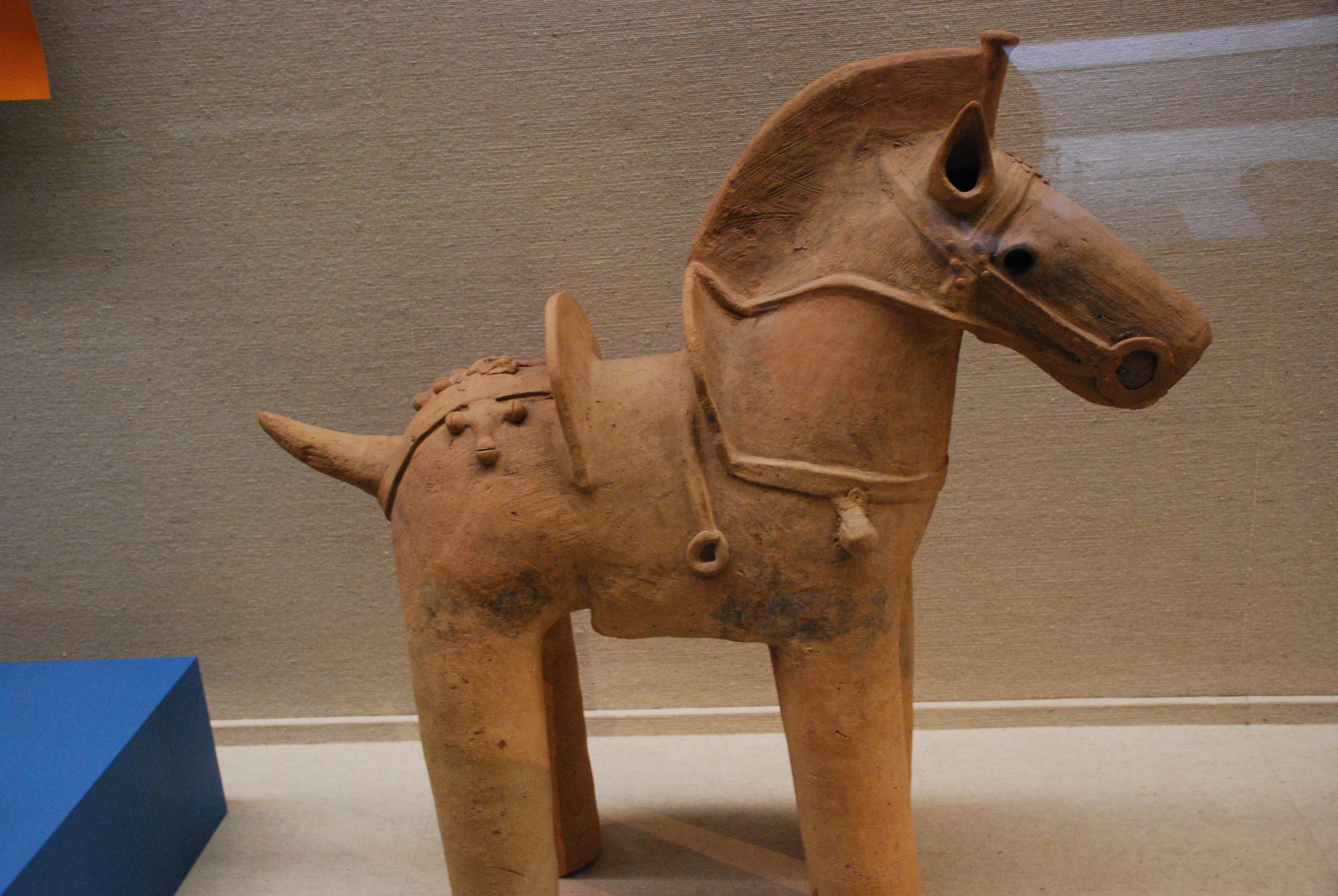
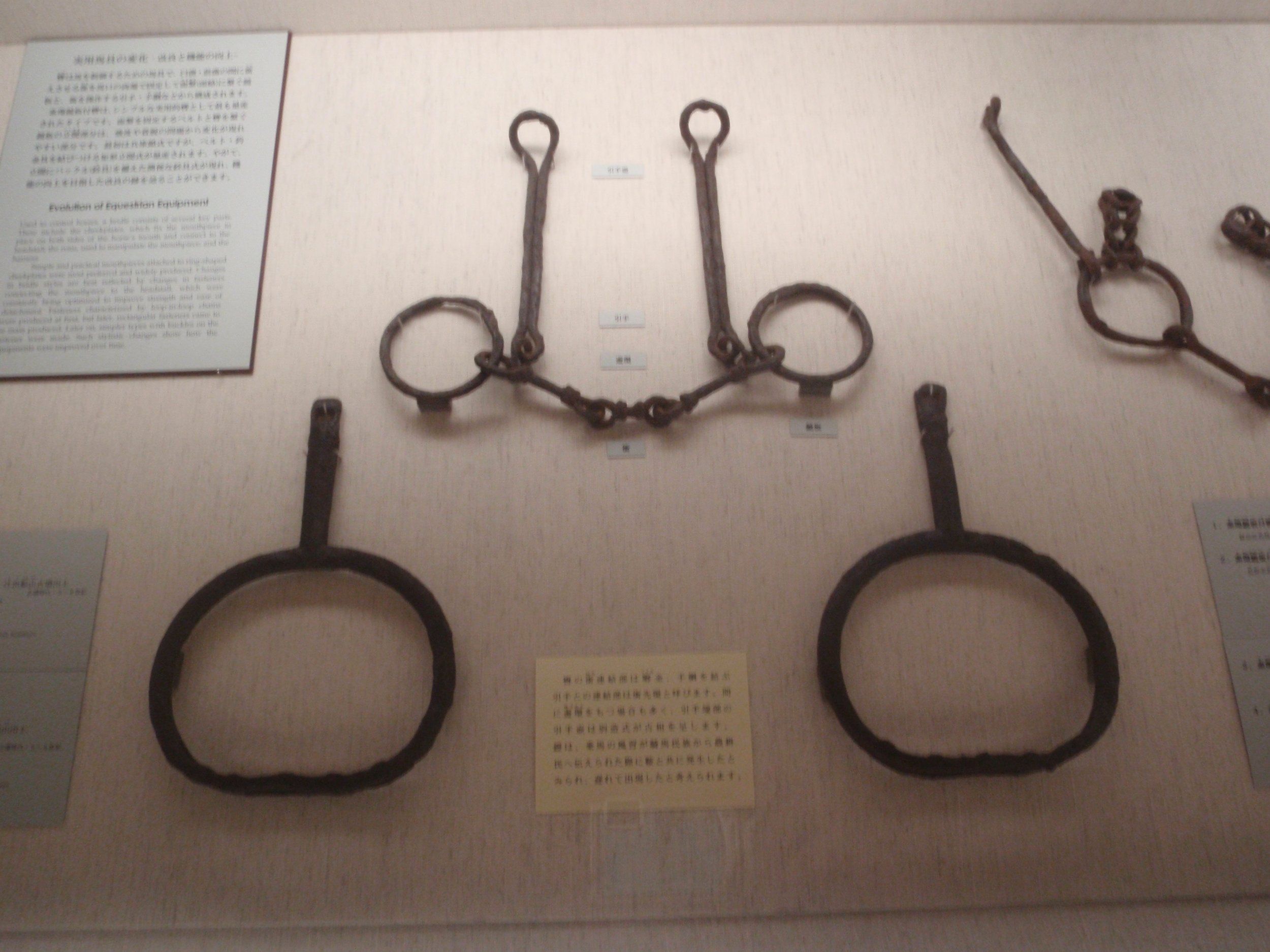
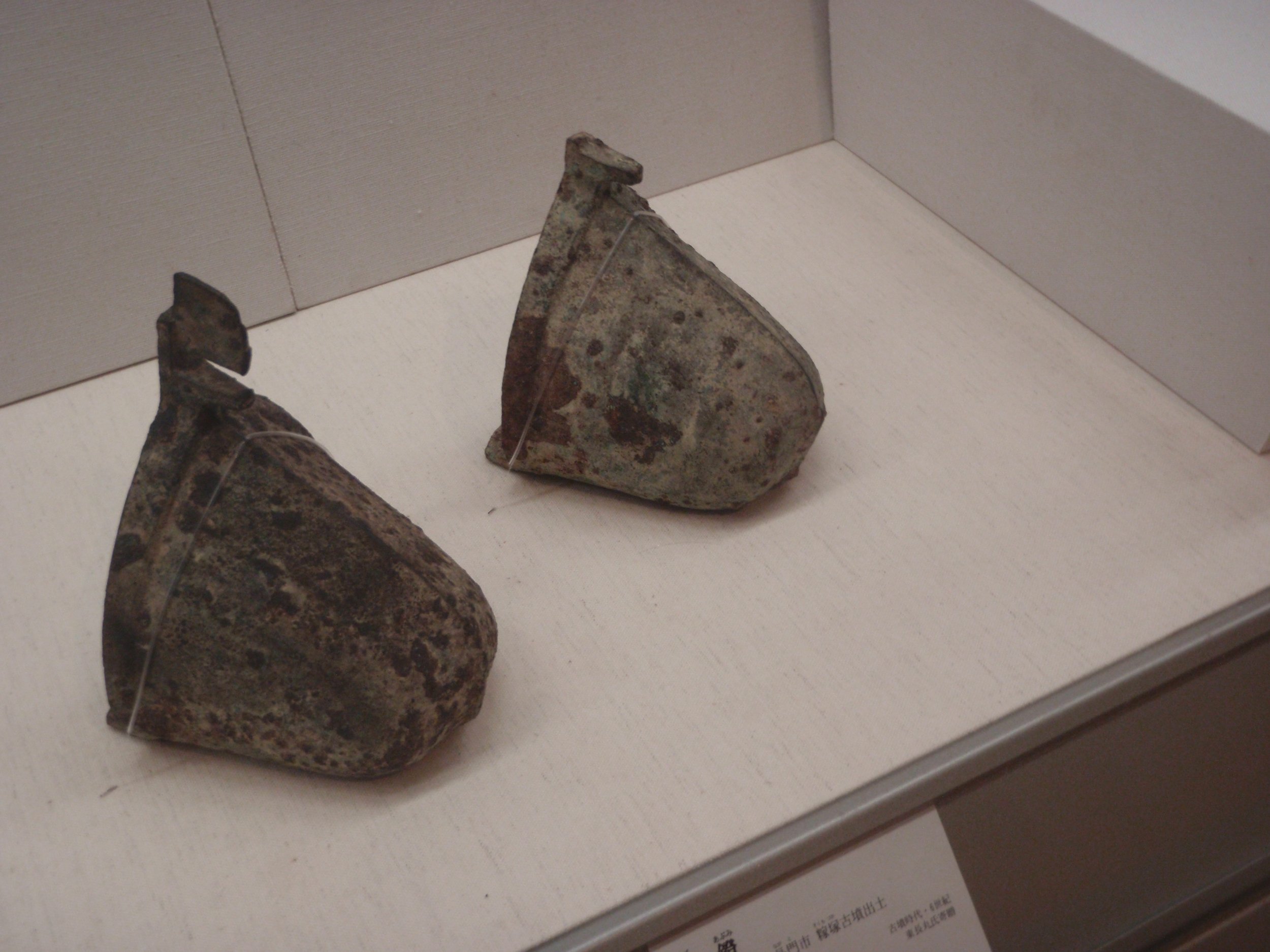
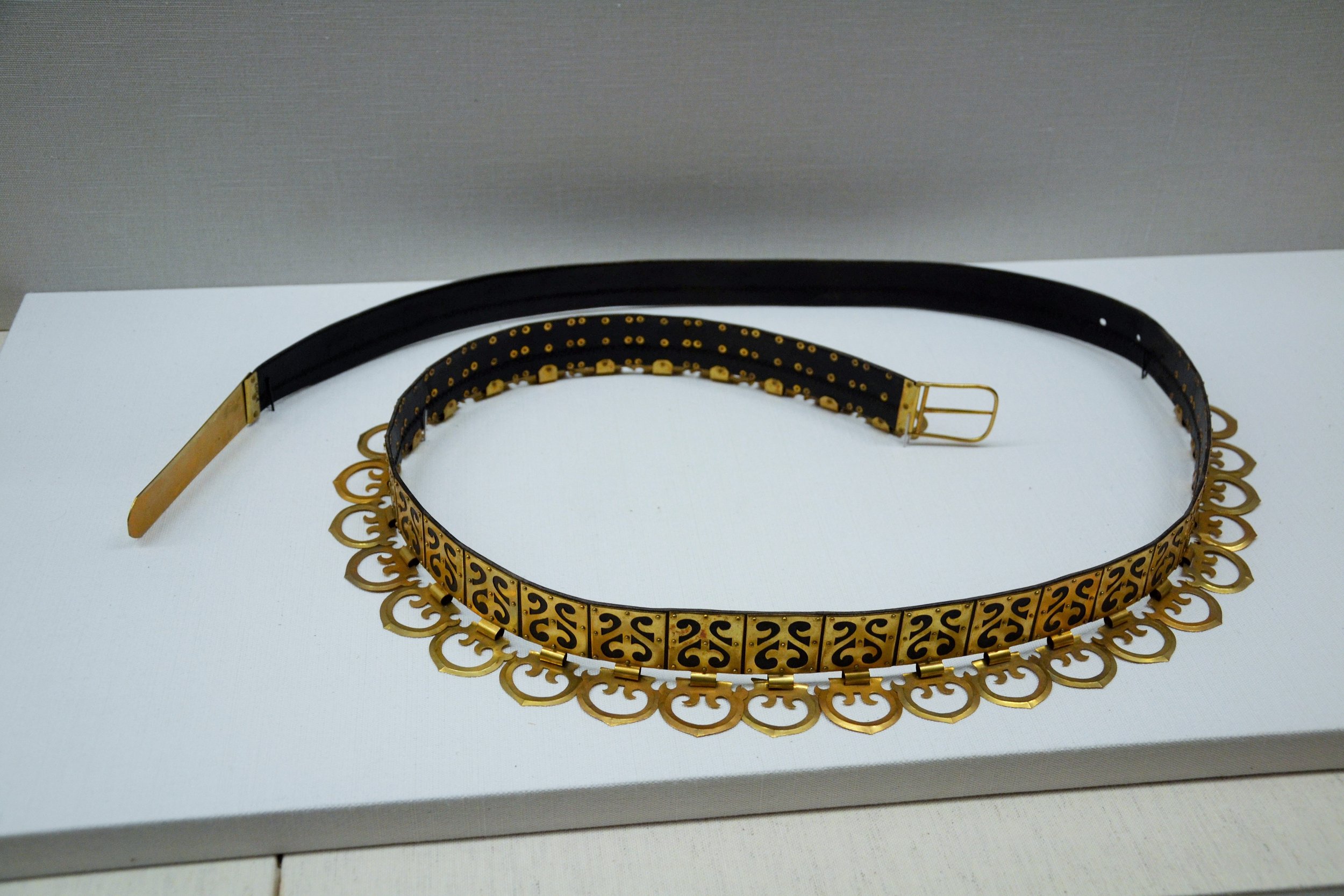
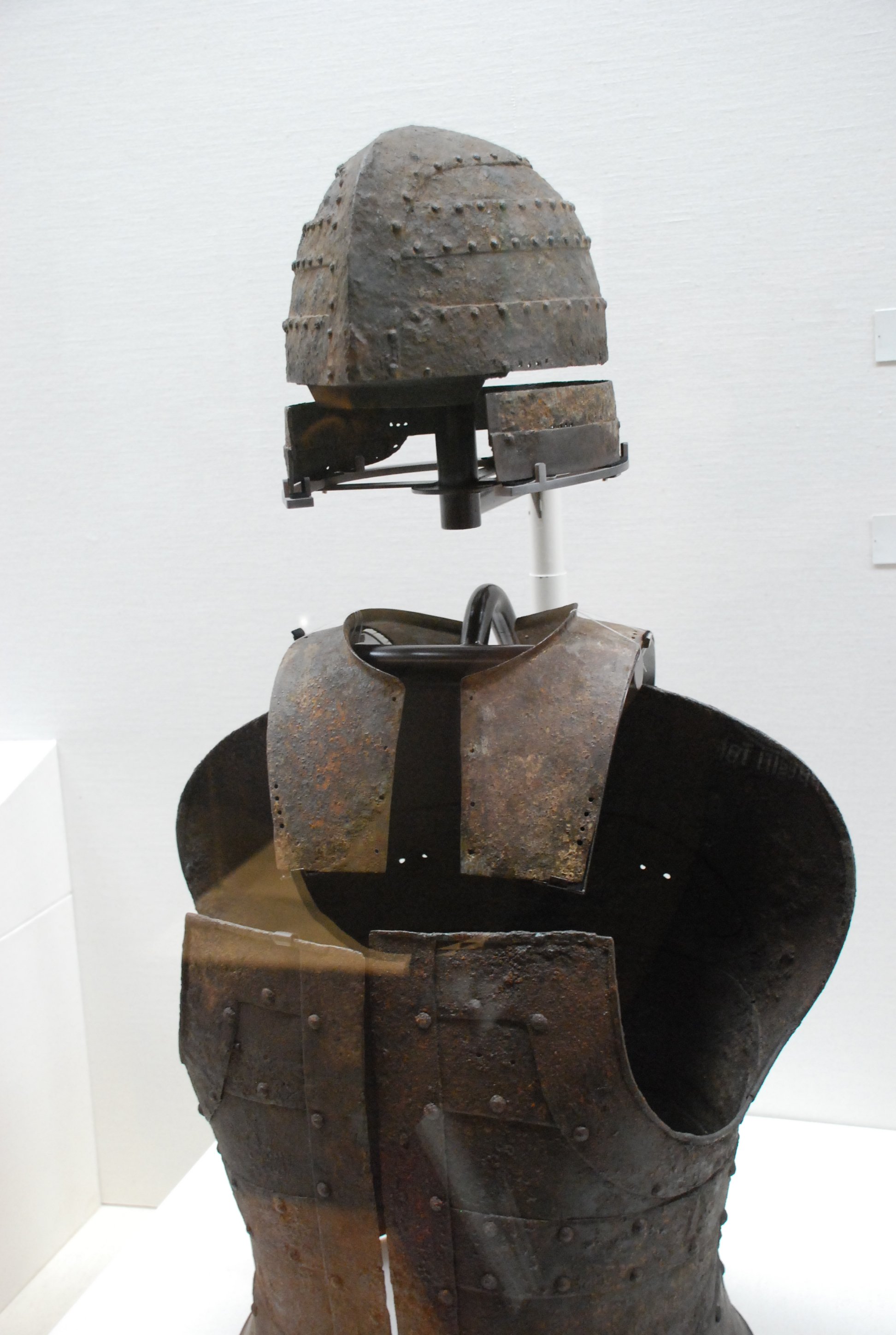

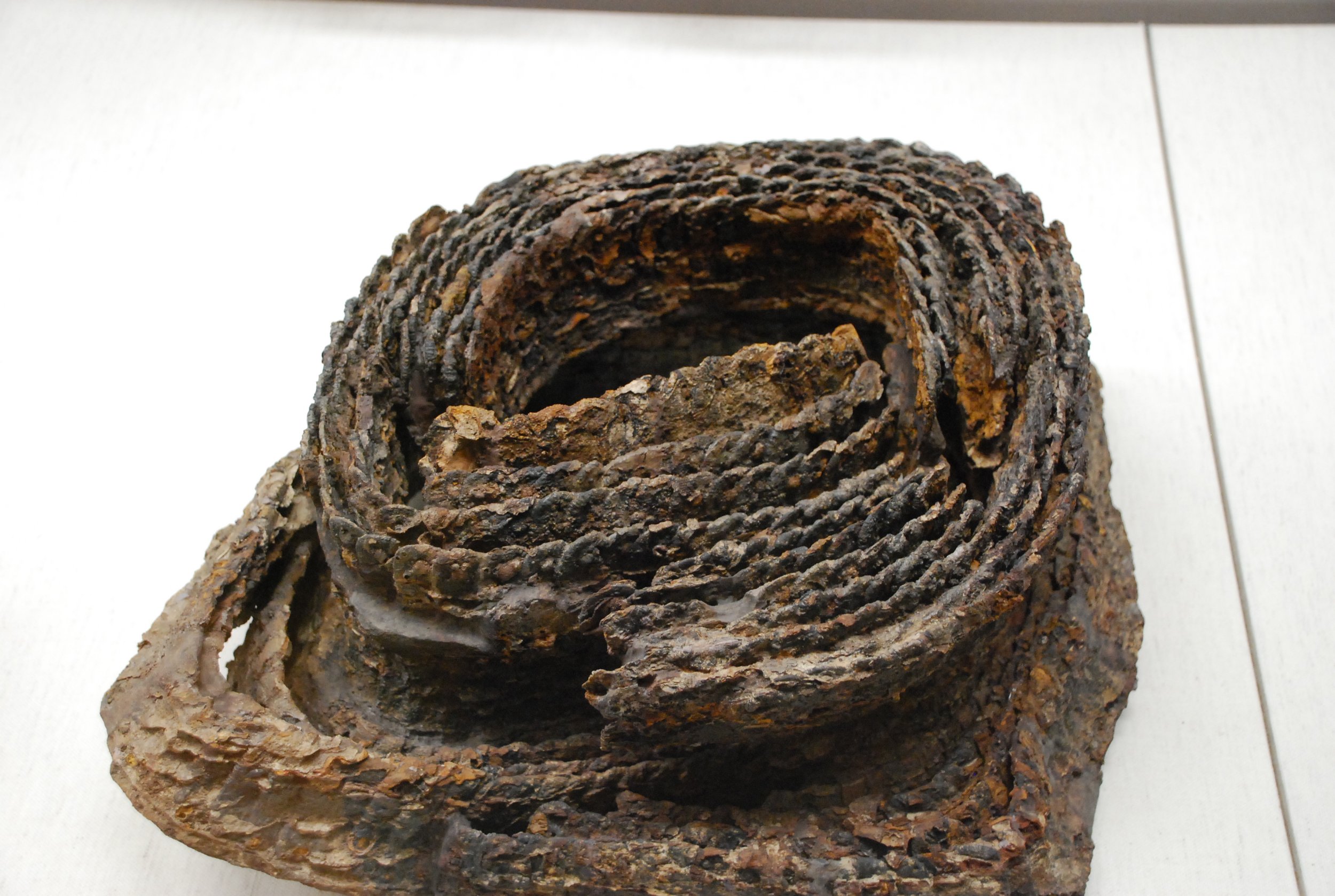
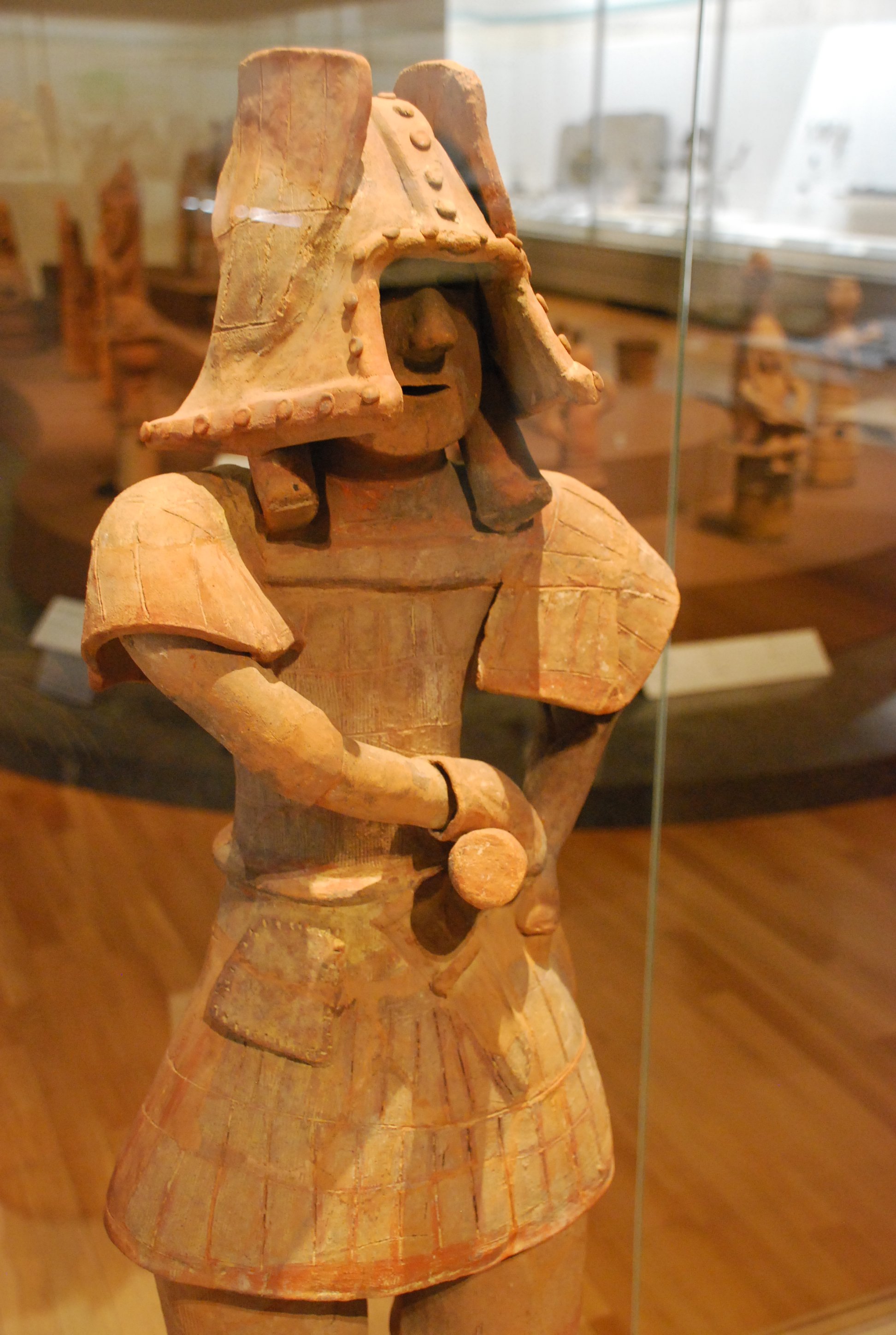
If you want to see more, check out photos I’ve pulled out for the Kofun period in the 6th century, over on Flickr.
The Tone River
A quick note about the Tone River. Although the modern river runs to the Pacific ocean on the coast of modern Chiba prefecture, the original river used to run south, through modern Tokyo and flowing into Tokyo Bay. During the Edo period (1654), to avoid flooding, the river was redirected into a nearby watershed, creating the current geography. This river has long been important in the Kanto plain, as evidenced by the communities that grew up along its banks.
-
Welcome to Sengoku Daimyo’s Chronicles of Japan. My name is Joshua and this is Episode 87: The Dual Eruptions of Mt. Haruna.
We’ve been going through the Chronicles for some time now, from The Age of the Gods and the legends about how the heavenly grandchild, Ninigi no Mikoto, came down to earth, settling in Kyushu. We read about how the legendary Iwarebiko, aka Jimmu Tenno, came up and conquered the land of Yamato, and how his descendants ruled from there. We’ve also gone over the various dynasties, from Mimaki Iribiko and his descendants to Homuda Wake and his descendants on the Kawachi plain. And recently we had Wohodo no Ohokimi, aka Keitai Tennou, enter the picture, kicking off the latest, and generally agreed to be the current dynasty of rulers.
In the earliest chronicles, it is clear that we were looking at events that had been highly mythologized. Certainly there may have been some truth and memory about how the Miwa cult had become prominent, not to mention references to Izumo indicating its importance in the early archipelago.
The Miwa Cult, of course, refers to religious practices centered around Mt. Miwa, which the Yamato court appears to have used as a political and cultural tool as they expanded their influence across the archipelago. Similarly, the numerous references to Izumo, on the Japan sea side of western Honshu, as a “Land of the Gods” and the eventual submission of those deities to the Yamato court in the record is bolstered by archaeological evidence of competing cultural centers. However, the strict narratives given in the Nihon Shoki can hardly be taken at face value, and there were also plenty of examples of conflicting information.
Most prominently is no doubt the story of Queen Himiko, whom the Wei chroniclers talked about extensively and yet in the Chronicles, excerpts from her life are inserted into the reign of Okinaga no Tarashi Hime, aka Jingu Tennou, leading us to further doubt much of what is written.
Of course, much of the older history was probably passed down as stories and oral teachings, a tradition that appears to have continued right up through the time of the Chronicles. But even as writing came to the archipelago, and the various outposts of the Yamato court started to send in written reports, there are still discrepancies with what we know compared to the records from the peninsula and continent, not to mention the archeological record. Most of this is attributed to the chroniclers themselves and their mission. While ostensibly they were telling the story of “Nihon”, i.e. the story of Japan, more realistically they were focused on the legitimacy of the sovereign and propping up the power and prestige of the court and the important families.
For example, there is a lot on the central areas around Yamato, including Kawachi, Harima, and Yamashiro. Where we do get information outside of these areas, it is typically something regarding the Yamato court - information on the lands of Kibi, Izumo, Koshi, or just about anything in Tsukushi is limited, even though we know these were areas where a lot was going on.
This is particularly intriguing to me as there are some things that you would think might make it in, natural disasters being one of them. Then again, Japan is volcanically active. Earthquakes are not uncommon, and then the occasional volcanic eruption. Then there are the various typhoons and heavy rainstorms that create flooding and other hazardous conditions. However, many of these disasters are localized, and some may just not have been considered that important. If the disaster didn’t affect the court and wasn’t related in some way to a portent or omen about the court, then it may have been overlooked by the Chroniclers. And, with the number of disasters that Japan experiences, many things that we might find shocking or incredible may not have been considered all that special by the Chroniclers.
This episode, I want to start out looking at just such a disaster and what we learn about the period in the aftermath: the 6th century eruptions of the Haruna volcano. Credit where credit is due, this was suggested as a topic by listener Samy who brought it to my attention, so thanks for that.
Mount Haruna is located in modern Gunma prefecture, far to the east of the Nara basin, and thus likely out of sight for most of the Chroniclers. It is in the area of modern Takasaki city, in Gunma Prefecture, just west of Maebashi. This is about 100 kilometers northwest of modern Tokyo, or about an hour and a half by train. Along the eastern edge of Takasaki flows the Tone River, which continues all the way out to its mouth on the Pacific Ocean on the on the eastern coast of Honshu at modern Choushi, in Chiba prefecture. Along the Tone river can be found many kofun, which would appear to indicate a healthy population with elites capable of mobilizing the labor for such monumental constructions.
Volcanoes are notoriously attractive targets for human habitation. Porous rock, such as pumice, with various minerals from the ash deposited in the surrounding areas, can provide extremely fertile soil, which is great for agriculturists. There may also be hot springs, and in this Mount Haruna is no exception, making it a popular place for people to visit, even today. Of course, volcanoes also bring complications. Poisonous gasses can seep out of the ground, often settling, invisible, in depressions and low lying areas. And of course, there are the eruptions. A mountain may be quiet for generations, and then suddenly it erupts. An eruption may mean little more than smoke and ash, or it may mean fiery rocks raining down from the sky and pyroclastic flows—superheated gas and rock that flows like a river, killing all in its path and burying everything in a layer of what is called “tephra”—pumice, ash, and other solid material ejected from the volcano.
For all of their devastating effects, however, these can sometimes be a boon to archaeologists, as they bury a site quickly, preserving it in amazing detail. Perhaps the most famous of these is the Italian city of Pompeii, which was buried so quickly that they found much of the city just as it was in the final moments as the city was buried. A horrendous toll of human life, and yet, centuries later, it gives us an unequaled view into the life that they lived.
At the foot of Mount Haruna, we find what some have dubbed the “Pompeii of Japan”. It is an area around the banks of the Agatsuma River, which flows southeast into the Tone river, in modern Shibukawa. This area was apparently well-populated, with villages on the slopes and around the river. Rather than a single site, there are a collection of sites, including Kanai Higashiura, Kuroimine, and others. No doubt there are more sites, lurking under the soil, still to be discovered in future excavations.
We can never know for certainty what happened in the past, but given the state of preservation, there are a few things that we can know.
The slopes and valleys around Mt. Haruna were dotted with signs of human settlement. One of these were the many kofun in the area. In fact, the 5th century Inariyama kofun, containing one of the swords mentioning Wakatakiru, which we discussed back in episodes 46 and 58, is only about 20km or so southeast of Mt. Haruna, and 4km from the banks of Tone river. So in the mid to late fifth century, someone from the area had been of service to the court at Yamato, as recorded on a precious iron sword. it wasn’t alone. There were kofun throughout the area, including keyhole shaped kofun from the 4th century upward to the current point of our story. They lay mostly to the south, in the flat lands around the various river valleys, such as the Tone River, mentioned before. This was part of the land of Kenu, mentioned in the Chronicles from the time of Yamatodake, later split into Shimozuke and, here, Kozuke.
In addition to the kofun there were, of course, habitats for the living inhabitants of the region as well. We have evidence of pit structures—dug into the ground like the earliest structures on the archipelago—but also we have post holes indicating a raised building and even ground-level structures of some sort. There were also various fences, woven together out of reeds and thin bamboo, set up as well. No doubt the smoke of thousands of fires would have drifted up to the heavens from the valleys as people cooked food, fired pottery, and more.
The flat areas of the valley were likely covered in rice paddy fields, as well as fields for other crops. Men, women, and children would have come together to tend the fields throughout the year, but that wasn’t the only occupation. There were those who raised horses, and others who worked with the earth to create clay vessels. Woodcutters would have climbed the hillside to bring back fuel for the many fires, while hunters sought their quarry in the same, wooded terrain.
There were also special ritual areas. In one instance we know there was a round area designated for some kind of ritual, where various hajiware and other types of pottery were found, stacked layer upon layer, as new dishes were added on top of old. Inside of the clay jars, pots, cups, dishes, etc. there were stone and iron implements, clearly meant for ritual purposes. There were likely special individuals who were tasked to maintain the area and to ensure that the proper rituals—whatever those may have been—were carried out.
Speaking of the people, from the archeological evidence we know that they were rather diverse, at least for the archipelago at this time. Some of them more closely resembled the people who had been in the islands since the Jomon period, but others more closely resembled the people from more recent waves, come over from the peninsula. They lived and worked, side-by-side, and grew up in the same regions and the same villages, such that there was no practical differentiation between them, though likely there were memories of which families had descended from people outside of the community and vice versa.
Along with everyone in civilian dress, you also would see people in iron armor. Lamellar armor, also known as “keiko”, was developed on the continent, and had grown more and more popular. It would eventually replace altogether the rigid, riveted armor, often called “tanko”. The tanko style is made up of rectangular and triangular shaped iron plates, beaten into shape over a wooden form and then riveted into place. Inside it was lined with leather, both for structural integrity and for some level of comfort. Lacquer would have helped keep the iron protected from the elements. The keiko, or lamellar, armors were quite different, being made up of many different small plates, known to us as “san-e”. It could take thousands of iron plates, all laced together, to make a single suit, but it offered a certain amount of flexibility, and was probably the more expensive product given just how labor intensive it would have been to make.
From haniwa figurines from this period, which depict all aspects of daily life, from warriors to dancers and even musicians, we also have some idea of the clothing, jewelry, hairstyles, and even makeup from around this period. A particular style of trousers which ballooned out and were then tied at the knee were not uncommon, and there were also overshirts that flared out at the waist. Many of these were held together with ties, though there were sashes and belts as well. In some instances we even see remnants of paint or some kind of coloration on the clothing and faces of the haniwa, which may have indicated a kind of make-up that was popular, or perhaps even a form of tattoo.
To get a better visual, check out some of the haniwa figures from this period on our website: sengokudaimyo.com/podcast.
So this may give us an idea of what life was like along the slopes and valleys surround Mount Haruna in the early 6th century. It was a relatively diverse community, cultivating the land around the rivers, burying their dead in the mounded tombs that dotted the landscape, but otherwise going about their lives. There were farmers, hunters, and various people making crafts, jewelry, and more. There were differences of class as well, with certain elites having a special place in the community, with finer armor, horses, and other distinguishing characteristics.
One imagines them dealing with the various seasons throughout the year, likely gathering to celebrate major events in the life of the community.
From what we can tell, early in the 6th century, life was proceeding normally, and nobody expected what was to come. The timeline and details are fuzzy, but there is enough research and we’ve encountered similar events often enough that we can get an idea of just what happened. There may have been a few warning rumbles—but earthquakes are hardly anything new in the archipelago, and even if there were more or they were more numerous, likely life continued as normally, albeit perhaps with a few more offerings presented in the ceremonial pit. This continued until sometime in the summer, probably around 539.
The first major indication of a problem was likely an explosion and a plume of smoke rising up from near the top of the mountain, which would have stretched out across the skies, pushed by prevailing winds. Magma had reached the surface and interacted with water, which quickly superheated and exploded. Ash was ejected into the sky, but as it rose the fine ash started to stick to the outside of small water droplets, forming a kind of stony hail that started to pelt the area around Mt. Haruna, particularly to the northeast. Small ash pellets, some as large as an inch and a quarter in diameter, began to fall on the surrounding people and settlements. This was followed by a muddy rain—which is to say a rain that, rather than washing things clean, was so full of ash in the air that it left a film on everything it touched. People likely feared what this could mean—rocks and mud falling from the sky isn’t exactly an every day occurrence.
One man, likely an elite, who used their connection to the local kami as part of the justification of their status, decided to try to do something. He donned his lamellar armor—something not too dissimilar from what was being used on the Korean peninsula, and he went out to plead with the angry mountain to quiet its wrath.
Unfortunately for him, the rain of ash was only the beginning. A mixture of superheated rock and water, had been pushed out over the walls of the caldera, and was already flowing down towards the settlement at Kannai-Higashiura. This pyroclastic flow was the same thing that had both doomed and preserved the ancient city of Pompeii, and in a similar way it quickly covered the low-lying areas. Wood was set alight, and metal softened by the heat, men, women, and children attempted to flee, but this was not something you could outrun. Like an angry torrent, it rushed over the landscape, burning everything it touched, but also covering and preserving things close to the ground.
The elite warrior fell face first, likely overtaken by the wall of heat that the flow exuded. Others tried to shield themselves in ditches or behind walls, but it was no use. A wall, at least three meters high, collapsed and was likewise buried.
After a while, the flow stopped. Scars were burnt across the mountainside, and fires still raged, but the eruption itself had ended. Who knows how many lay dead or wounded in the aftermath. Trees had been cut down by the flow, let alone houses, walls, and other structures. Then there is also the question of what we don’t see. While Pompeii was covered in ash, nearby Herculaneum was suffocated by poisonous gasses. How many others survived the initial onslaught only to be overcome a short time after? It is hard to say since we only have that which was preserved, but we can assume that that what had only a short time before been a thriving community was now mostly gone, covered in ash and pumice. It is hard to believe that anyone who survived was not personally touched by such a tragedy.
And yet, humans are resourceful, and not easily deterred. We would not blame the locals for picking up stakes and moving away, abandoning any settlements on or around the mountain. And yet, some thirty years later, we see that people were still living in and around Mount Haruna. Unfortunately we know this because the mountain wasn’t quite finished, and three decades after that first eruption, the Mount Haruna once more erupted. This time, it threw up so much ash and pumice that there was still a layer three centimeters thick in modern Soma city, about 200 kilometers to the northeast. A little bit closer, at only 10 kilometers away, it buried a settlement at modern Kuroimine, across the Agatsuma river on the slopes of an adjacent mountain, under two meters of pumice, which accumulated in only a matter of hours.
As a result, from all of this, we do have a better idea of just what life was like in the 6th century—at least in this corner of the archipelago. We have rice fields buried under sediment. We have the remains of a woven fence, some three meters high. We have armor, in situ, as it was worn, and we have a ritual site that was apparently in use. Normally, such things are only recognizable from traces. Armor may be found in tombs, but details like how it was worn are often lacking. Grave goods in burials are an excellent insight into a culture, but are also inherently biased. They are items that were staged—whether for reasons of ceremony of sentimentality—often leaving us with questions, including how common they were and whether or not what we have was made for daily use or not. Even items in a rubbish pit were often deliberately placed there, and therefore out of context from the whole of how they were use.
Of course, we don’t have everything. The exceedingly high temperatures associated with pyroclastic flows and, well, anything having to do with a volcanic eruption, meant that much of the organic material burned, and metal melted and warped. Even just the physical pressure could have knocked things over and pushed them about, so it isn’t perfect, but some of what archaeologists have uncovered is pretty amazing.
Today, more than 1400 years later, we look on it as a godsend—a treasure trove of archaeological evidence that was preserved unlike almost any other in the archipelago. We talk in sanitized terms of tephra layers, Plinian eruptions, and pyroclastic flows, but meanwhile this was a real tragedy in the lives of the people who lived on and around the mountain. Lives were cut short, and the entire landscape of the area changed. So much rock fell from the sky that it crushed houses, and worse. In living memory of the first eruption, a second had hit. What kind of thoughts must have gone through the heads of the people of the area? How did they come to understand and grapple with this tragic period in their lives?
Such an event must have made an impression on people, and it was certainly wide ranging, impacting sites over 200 kilometers away. And yet, neither of these eruptions are found anywhere in the chronicles—there isn’t even a hint of them. Sure, some dude’s prized horse is worth mentioning, and even contact with people up in the far reaches of Koshi, on the island of Sado, are mentioned. And then there are various omens, such as the palace spontaneously catching fire. Wouldn’t this have been on par with such an event? A mountain blows its top, and nothing at all is written or said about it?
Sure, I could get that things like earthquakes and even typhoons were common enough that they were simply natural—if unfortunate—phenomenon. They weren’t regular enough to be tied to any kind of annual occurrence, and yet they no doubt happened with enough frequency that they were known events. So unless they were tied in with something directly relating to the story the Chroniclers were telling, why mention it?
Were volcanic eruptions that well known? Was it seen as a terrible, but natural event?
Or perhaps they didn’t know about it. Perhaps nobody sent a record or memorial up to Yamato. This seems unlikely as well. We already have this general area tied to Yamato through someone who served at the court of Wakatakiru no Ohokimi in the fifth century, and the court had clearly established Miyake, or royal granaries, in distant regions, such as Kochi, and no doubt out here as well.
That leaves me with just one thought: the court knew about such things, but it didn’t matter to the chroniclers. Perhaps there was some nefarious reason they wanted it kept out of the Chronicles, but more likely it was just not part of the story they were telling. The eruption would not have been visible from the Kinki region, and based on the layers of ash and pumice that fell, much of the impact of the eruption was felt north and east of Mount Haruna, so falling even further away from the Yamato court, in a mostly mountainous region that would have been relatively sparsely populated, at least compared to the low-lying plains that would have made for the better rice cultivation. Without an impact on the royal court and its families, this becomes a relative non-event.
And if something like this can go unnoticed in the Chronicles, what more was happening that we don’t even know about? Sure, certain areas garner our attention. Koshi, Owari, Harima, and even Kibi and northern Kyushu, or Tsukushi, on occasion. But like I said earlier, most of the stories center on the lands of Yamato and Kawachi. Even Yamashiro comes in only every once in a while, and rarely to we hear much from the areas south, such as the Kii peninsula, and pretty much nothing from the island we know as Shikoku. Truth be told, only a small portion of the Kofun era archipelago is ever truly discussed in any detail, leaving us to wonder just what was happening.
Fortunately, archaeology is helping to fill in some of those gaps, as well as helping us to make sense of what was happening elsewhere in the archipelago. This, in turn, raises more questions, and readjusts our understanding—sometimes supporting theories that we already knew, while at other times challenging what we thought we knew.
Some of what we know about the Mount Haruna eruptions comes from rescue archaeology, commissioned prior to a new construction project. Just like the Jomon era ritual site of Shakado was discovered during the construction of the Chuo Expressway, as mentioned way back in Episode 3, so too was the site of Kanai-Higashiura uncovered during excavations for the Joshin expressway. Fortunately for us, archaeology is rather popular in Japan, right down to the local level, and so the discovery of the site led to relatively extensive research and numerous articles on what was found. Researchers are continuing to review what was found and the context of the site..
Today, a fair amount of information can be found online via groups like the Gunma Arachaeological Research Foundation. While the pages are largely in Japanese, I encourage people to check out the reports on their website, which I’ll link to in the References section of the podcast blog page. There you can see some of the actual finds and even diagrams of reconstructions and the extent of the eruptions. For those who don’t speak Japanese, I’ll just say that machine translation has come a long way and while it often isn’t perfect, machine translation can be really useful to help get the gist of what is being discussed.
There is also literature to be found in various works talking as much about the geologic layers that were laid down during the two eruptions. The two tephra layers—the layers of ash and pumice that were ejected from Haruna and laid down across several hundred kilometers—provides archaeologists with relatively clear temporal markers, even in the absence of other identifying information, such as distinct pottery or other clues. They’ve even been able to use organic material at the sites to provide a fairly narrow range for when the two eruptions happened. The first was clearly in the early 6th century, while the other was about the mid 6th century, and they were likely only about 30 years apart from one another. In fact, the layers have distinct names: The Haruna-Futatsudake eruption and the Haruna-Ikaho eruption.
And, as I said, if you’d like to know more we will have various references up on our podcast blog, and you can do some digging on your own—pun, of course, intended. Or maybe take a trip out to Shibukawa and see the sites for yourself—along with a host of other archaeological and historical sites in the region and nearby.
Next, we will get into the reign of the sovereigns who followed Ame Kunioshi, as well as the court politics, not to mention the continued rise of Buddhism.
Until then, thank you for listening and for all of your support. If you like what we are doing, tell your friends and feel free to rate us wherever you listen to podcasts. If you feel the need to do more, and want to help us keep this going, we have information about how you can donate on Patreon or through our KoFi site, ko-fi.com/sengokudaimyo, or find the links over at our main website, SengokuDaimyo.com/Podcast, where we will have some more discussion on topics from this episode.
Also, feel free to Tweet at us at @SengokuPodcast, or reach out to our Sengoku Daimyo Facebook page. You can also email us at the.sengoku.daimyo@gmail.com.
And that’s all for now. Thank you again, and I’ll see you next episode on Sengoku Daimyo’s Chronicles of Japan.
References
-. -. 金井遺跡群. Gunma Archaeological Research Foundation. http://www.gunmaibun.org/kanaiura/. Last viewed on 5/31/2023.
-. -. 黒井峰遺跡:Kuroimine Iseki. Cultural Heritage Online. https://bunka.nii.ac.jp/heritages/detail/216059. Last viewed on 5/31/2023.
Okuno, Mitsuru, et al. (2019). Eruption age of the Haruna Futatsudake Pumice (Hr-FP), central Japan, by radiocarbon wiggle matching with special reference to a 14C dataset developed from a Japanese tree. Quaternary International, vol 527, 30 August 2019, pp. 29-33
-. -. (2018). Kanai Higashiura. Japanese Journal of Archaeology. https://archaeology.jp/remains/kanai-higashiura/. Last viewed on 5/31/2023.
早田 勉. (1989).「 6世紀における榛名火山の2回の噴火とその災害」. 第四紀研究1989 年 27 巻 4 号 p. 297-312. https://doi.org/10.4116/jaqua.27.297


